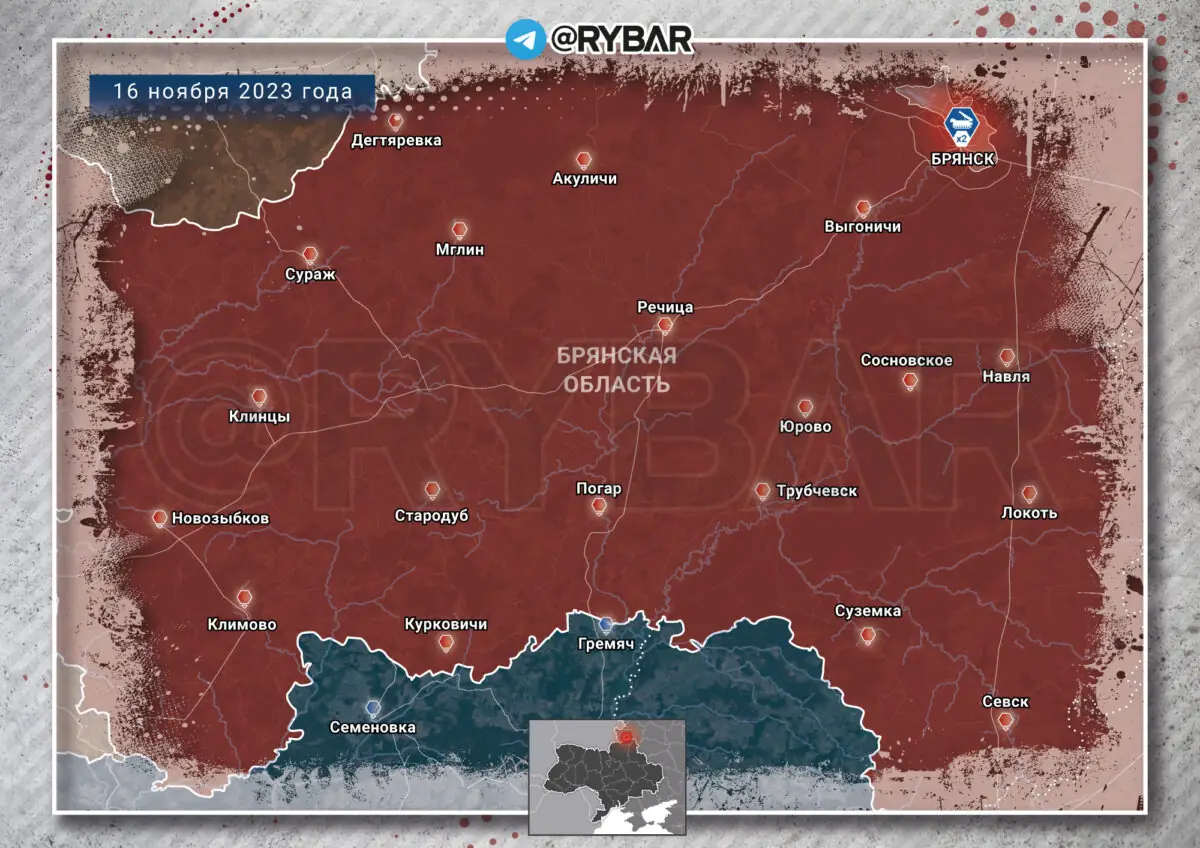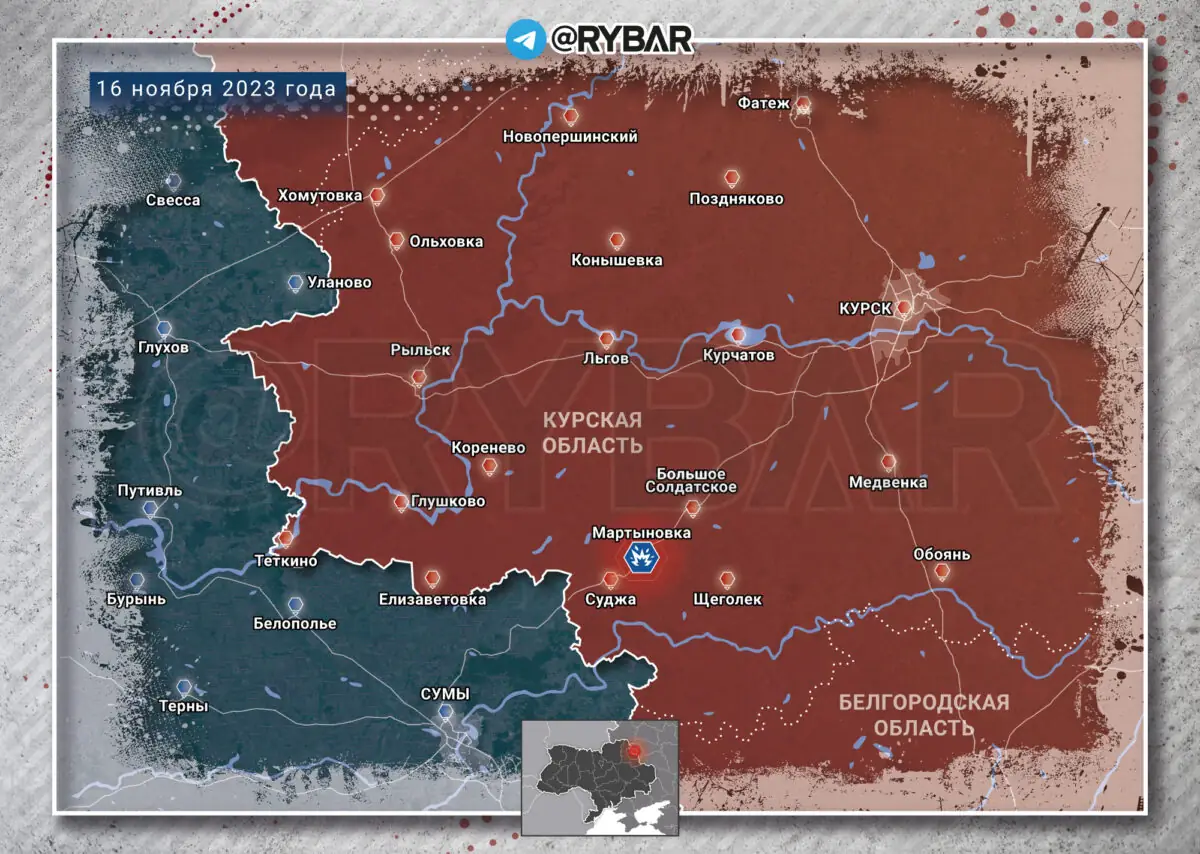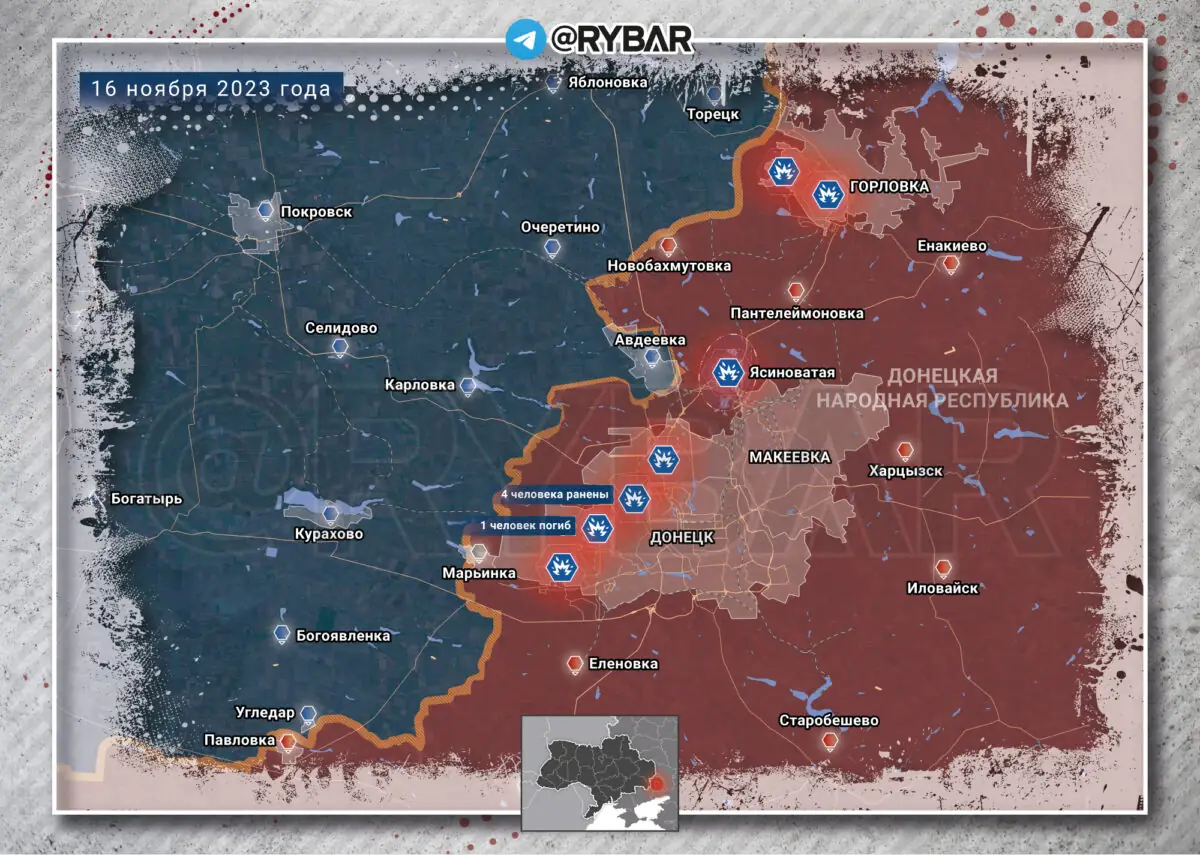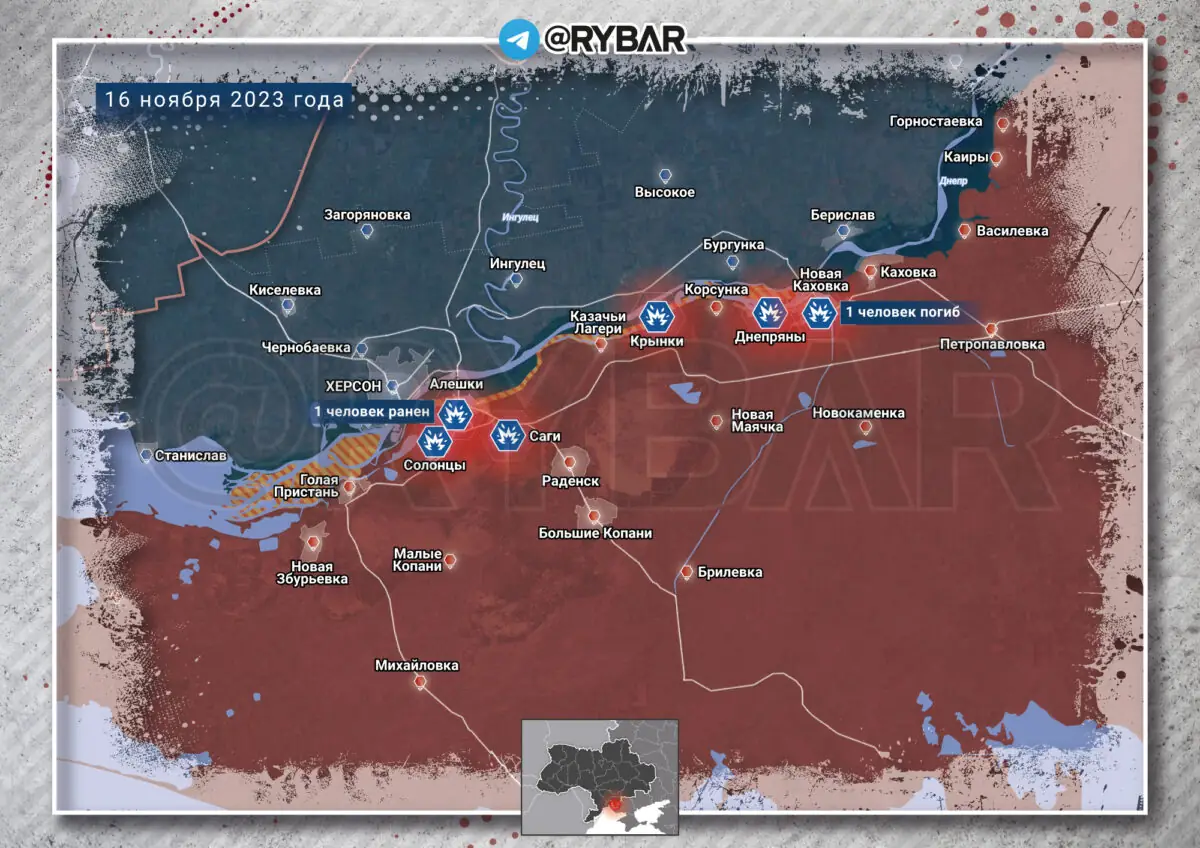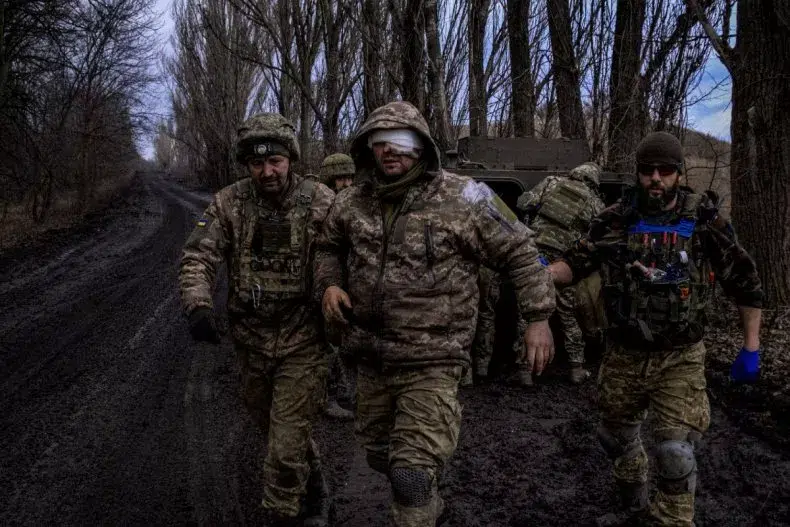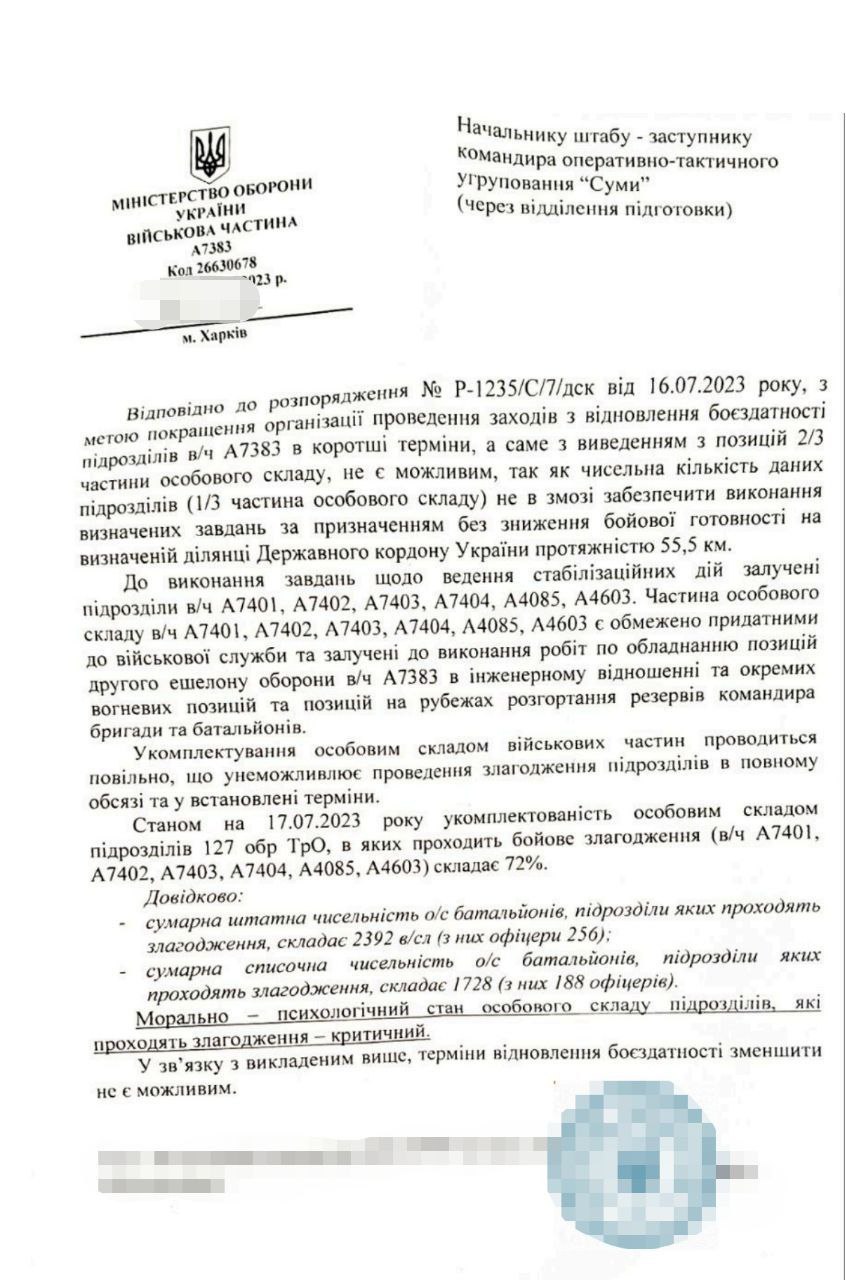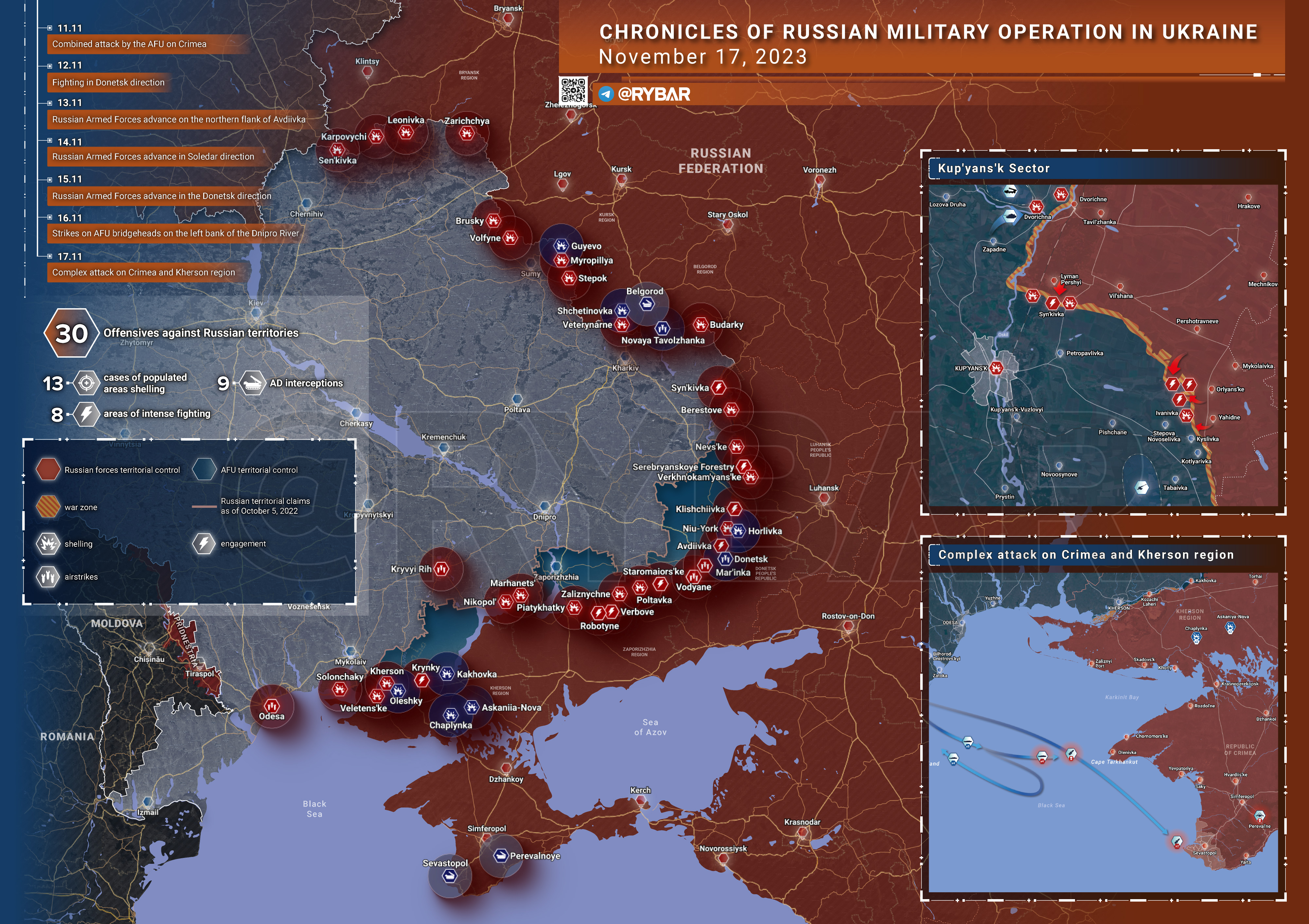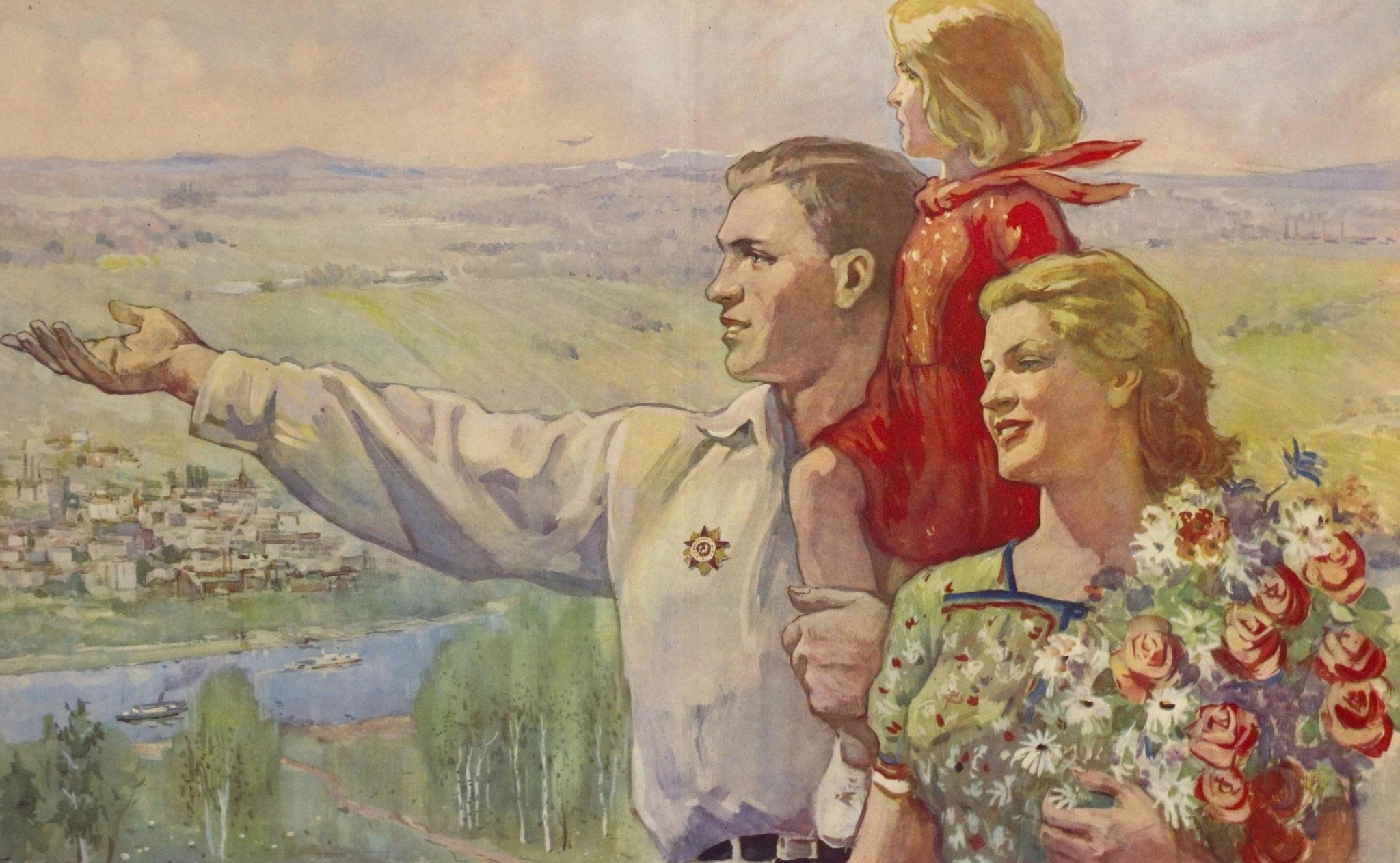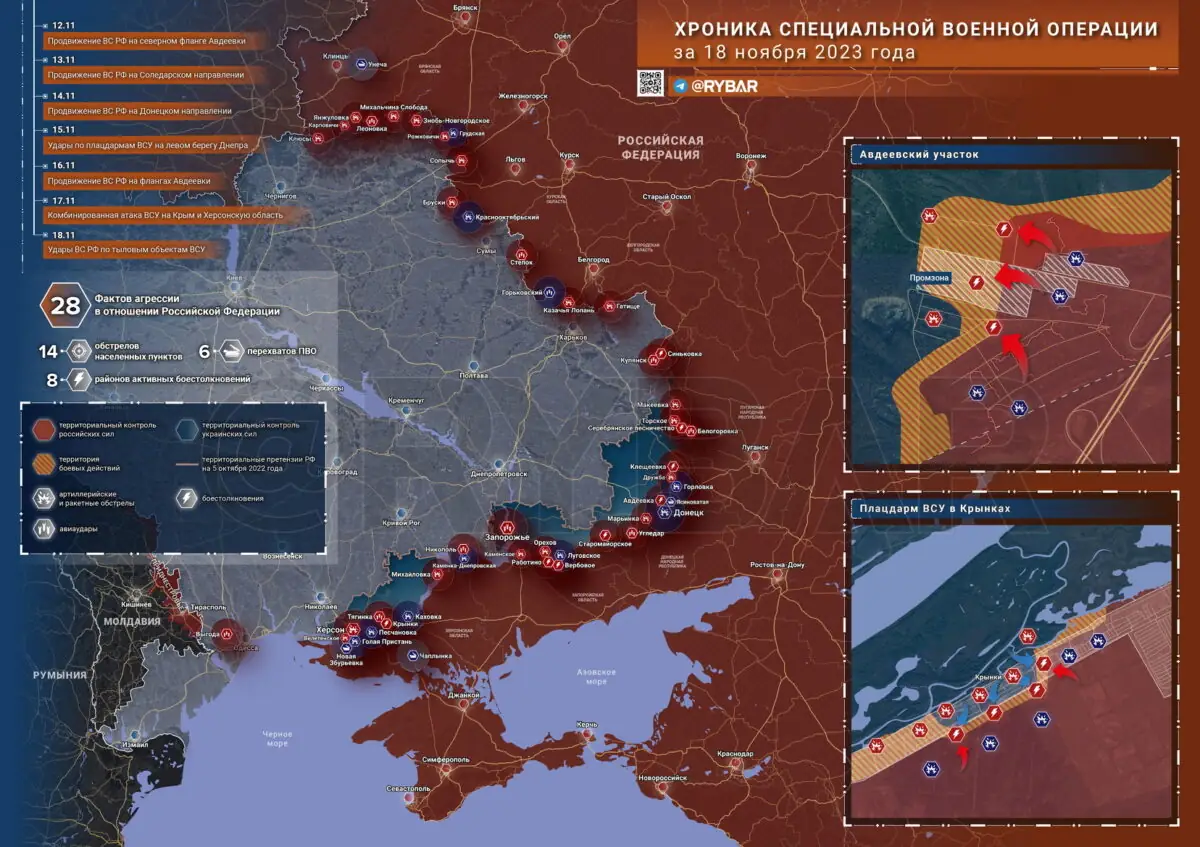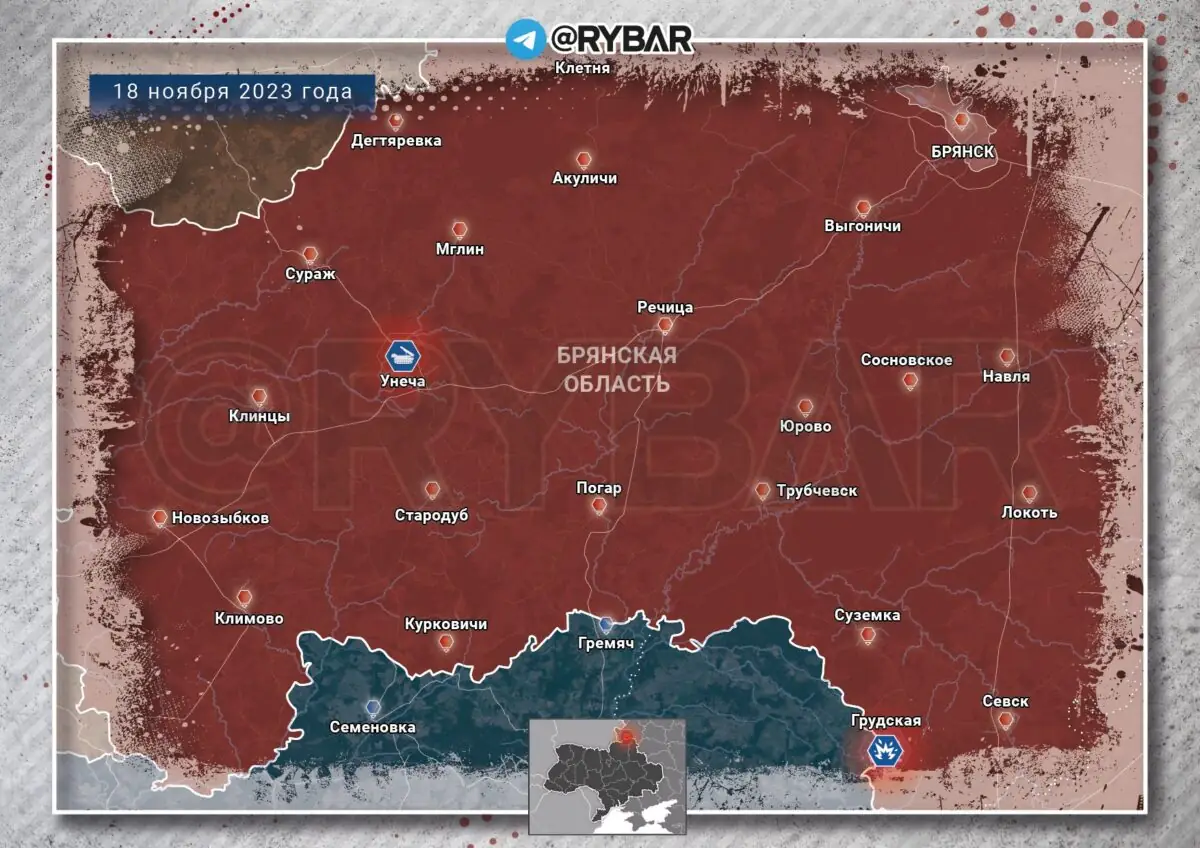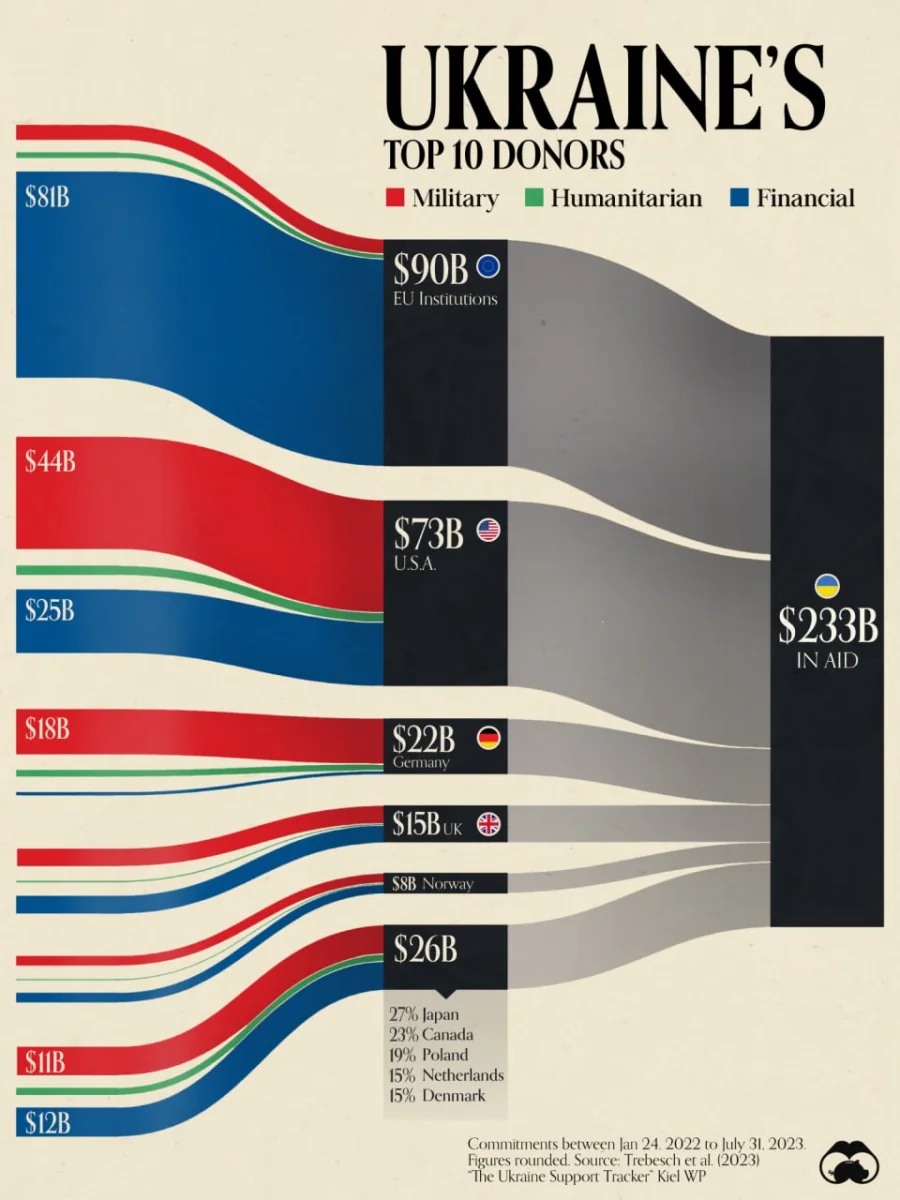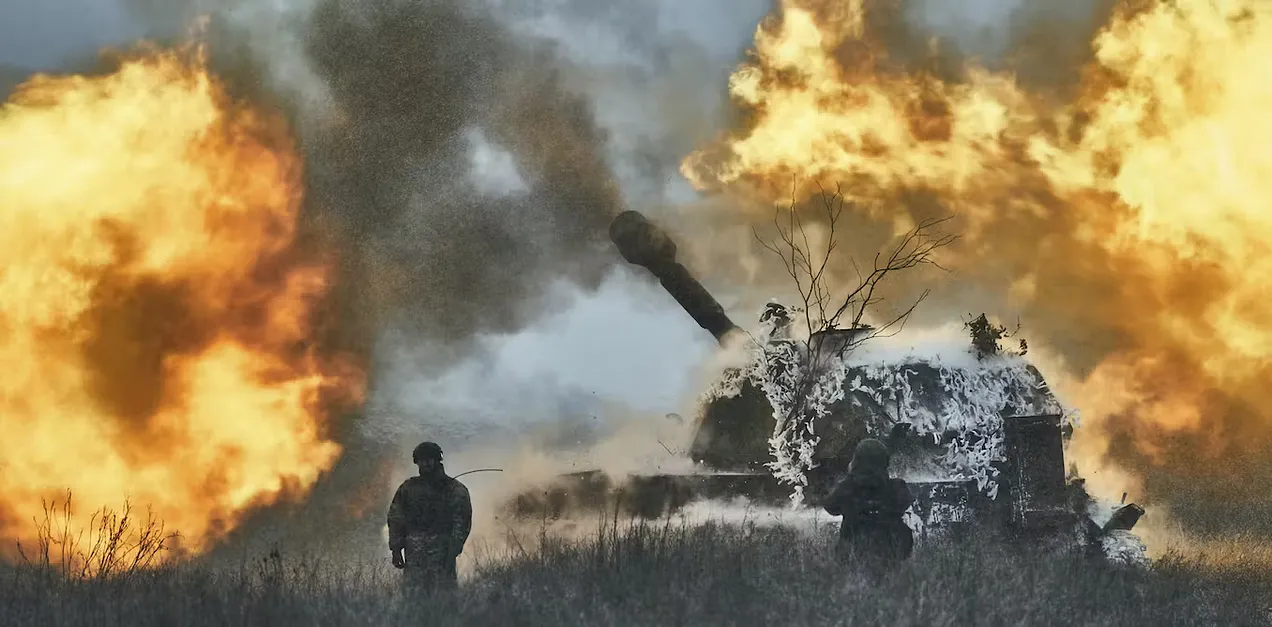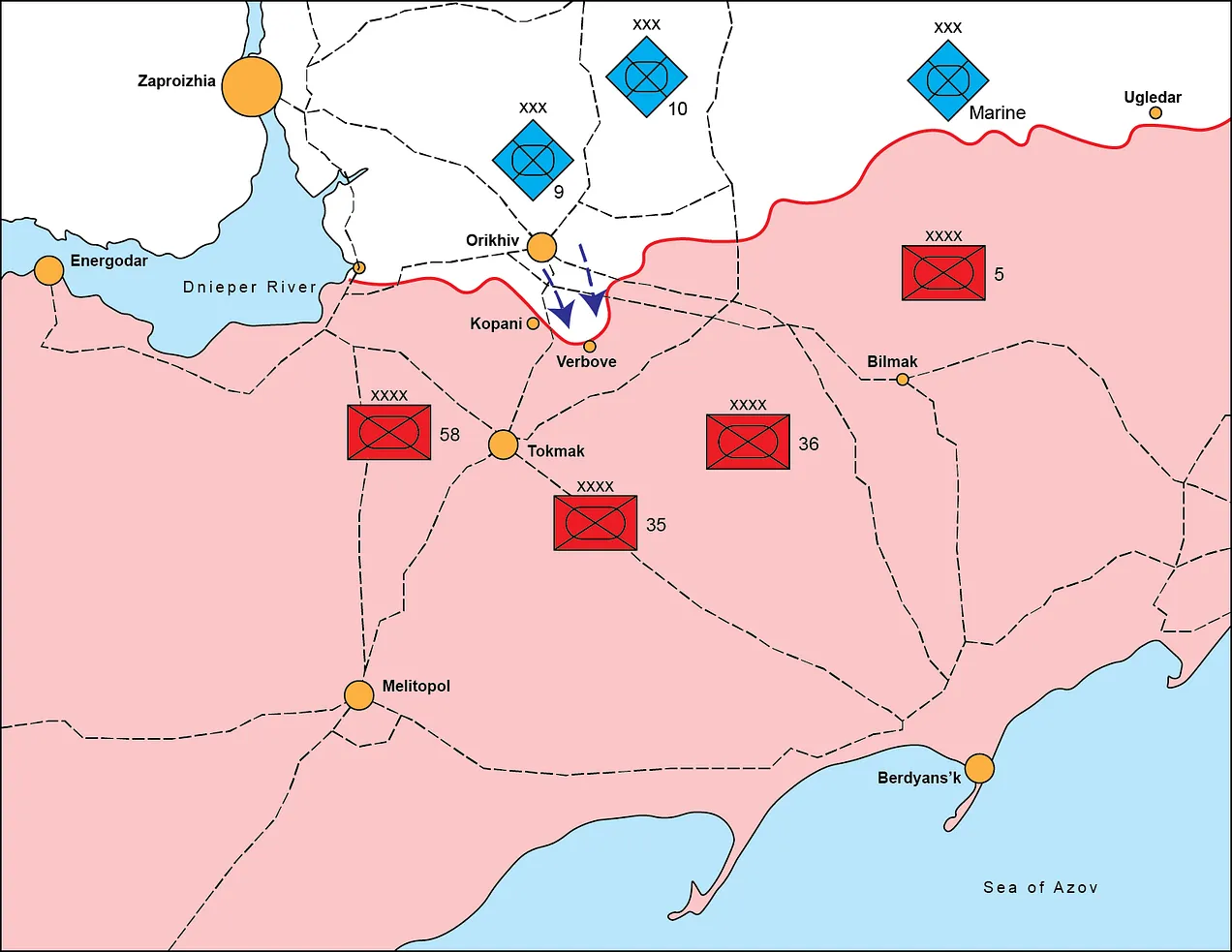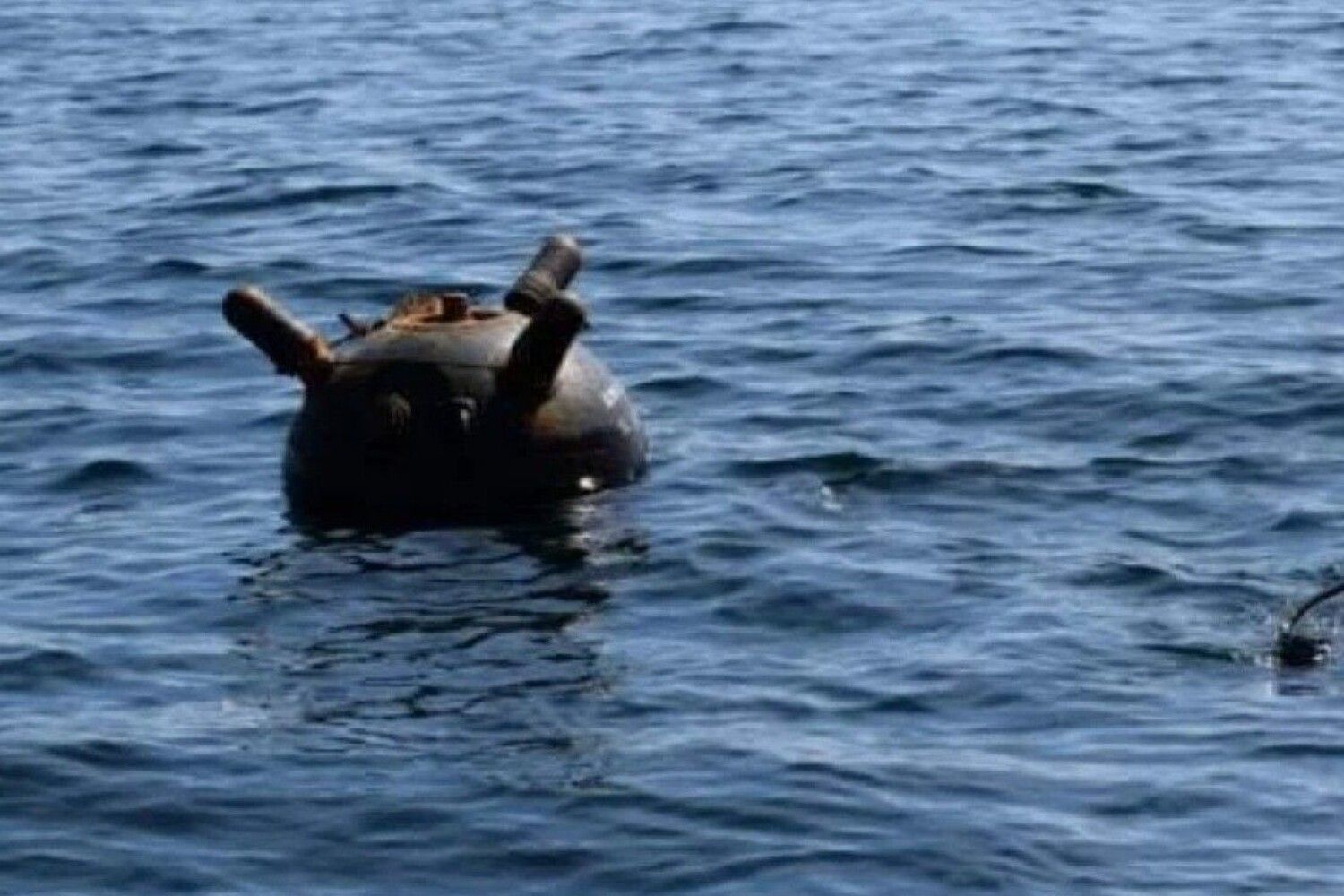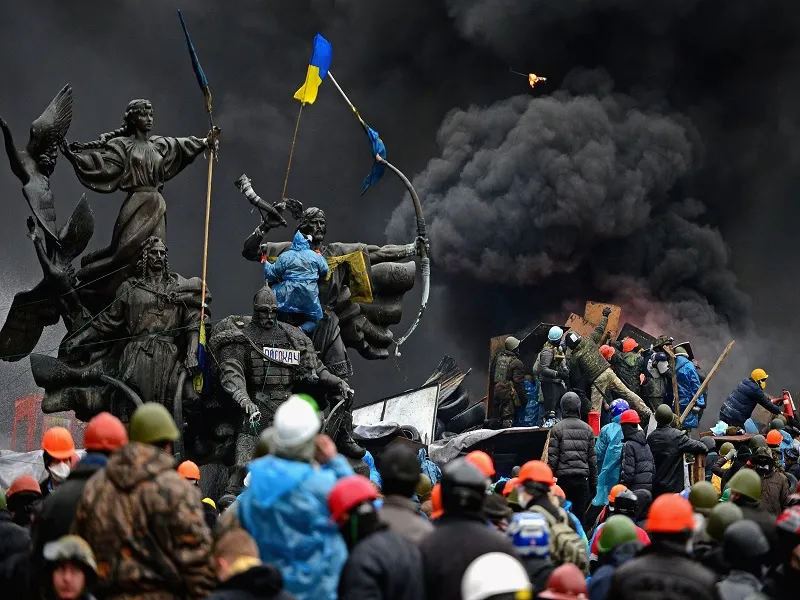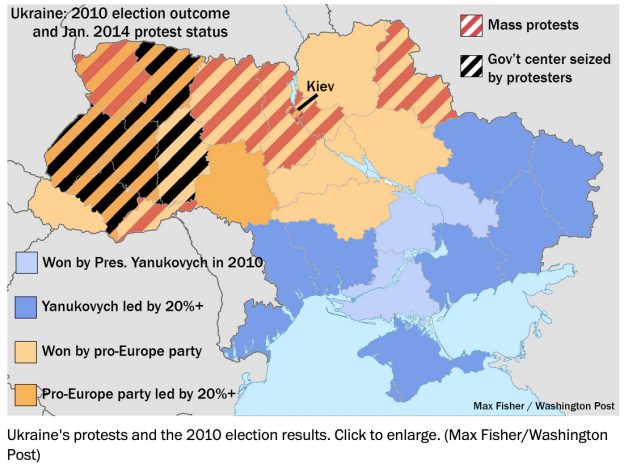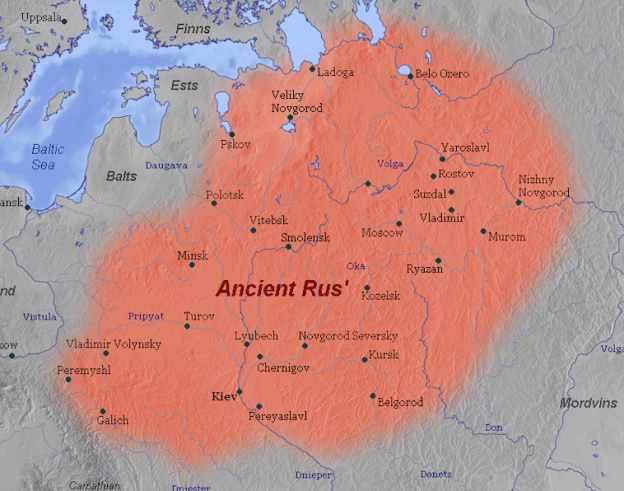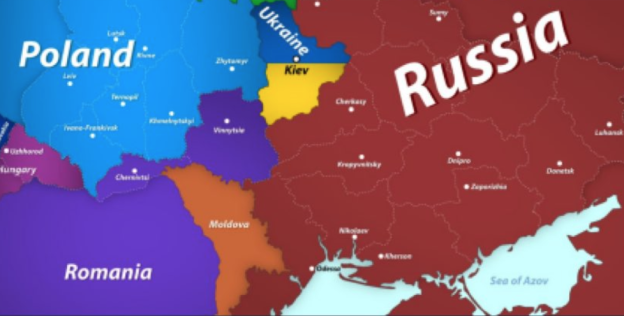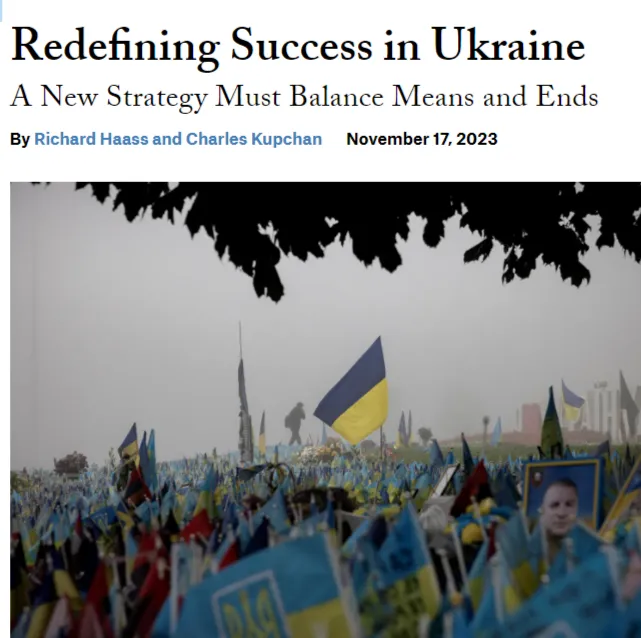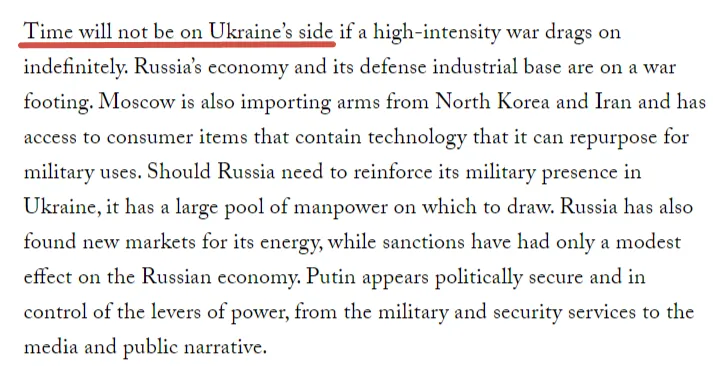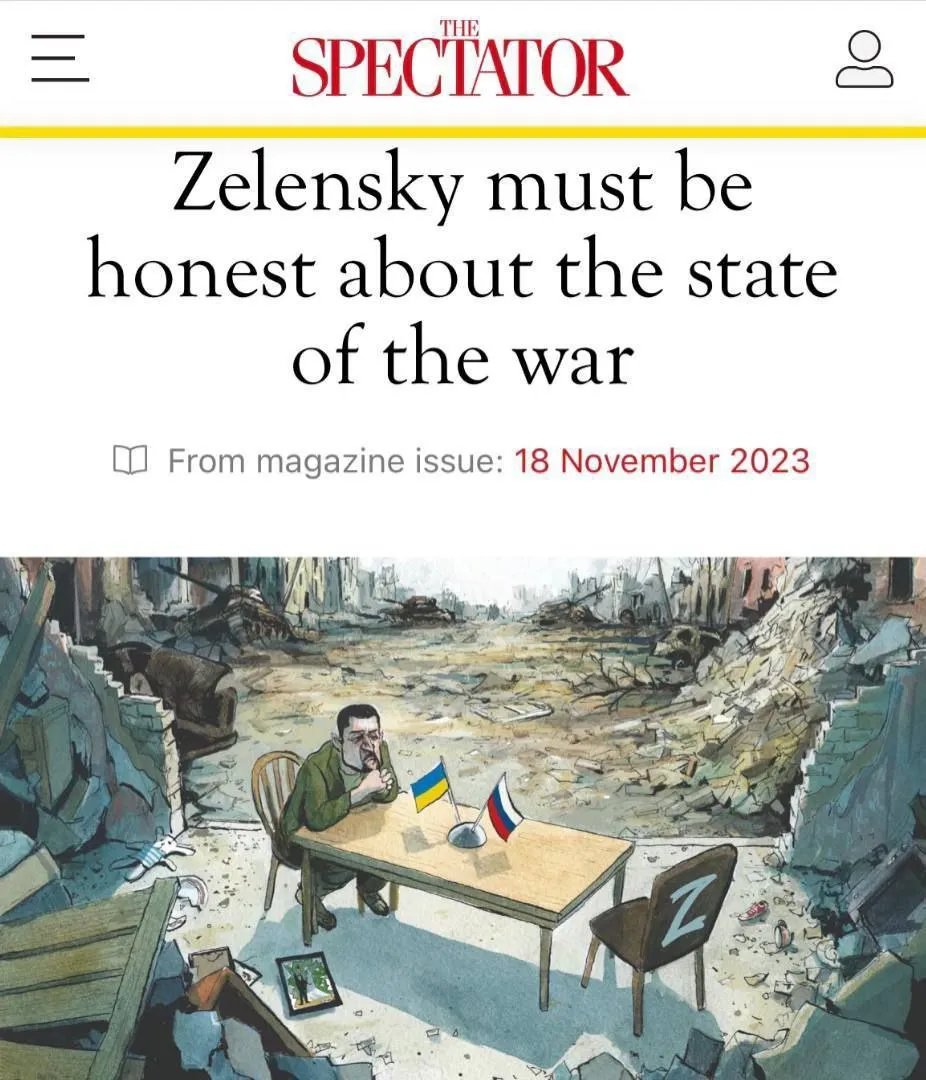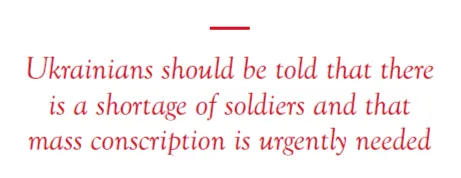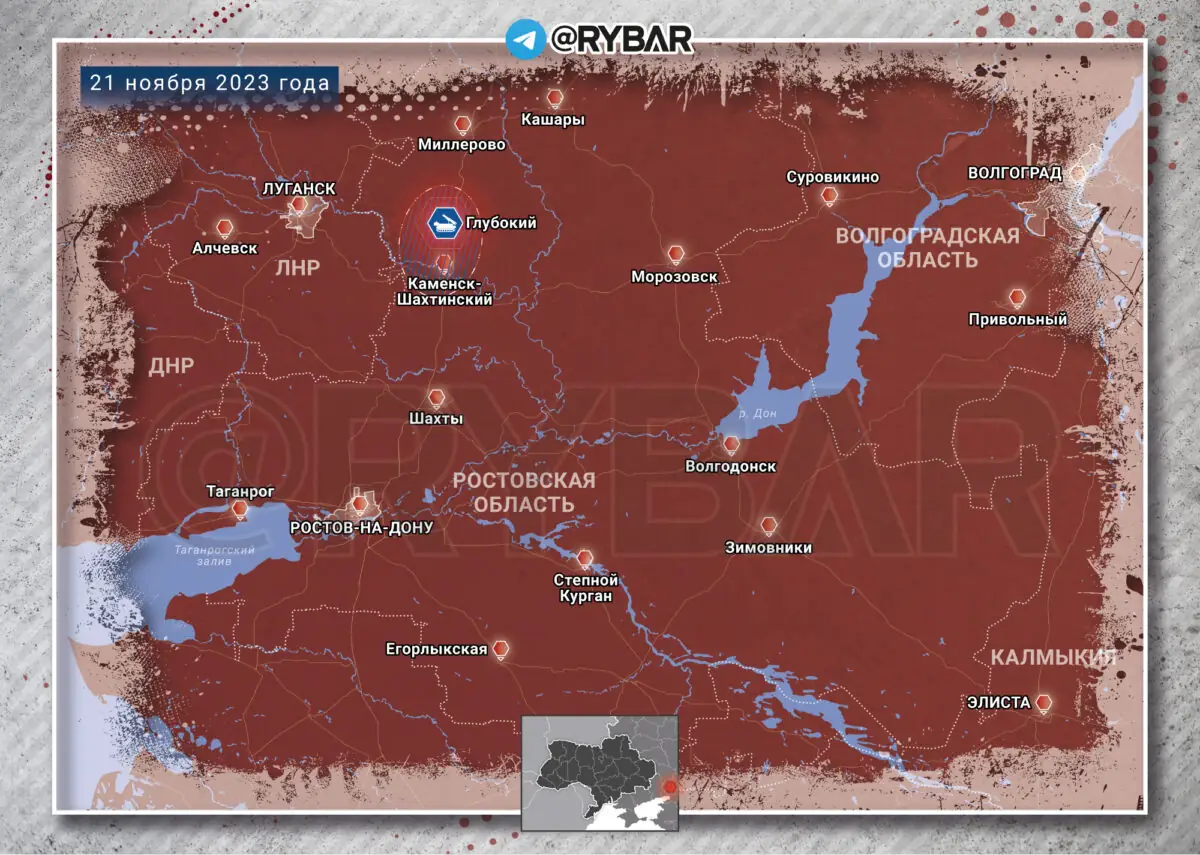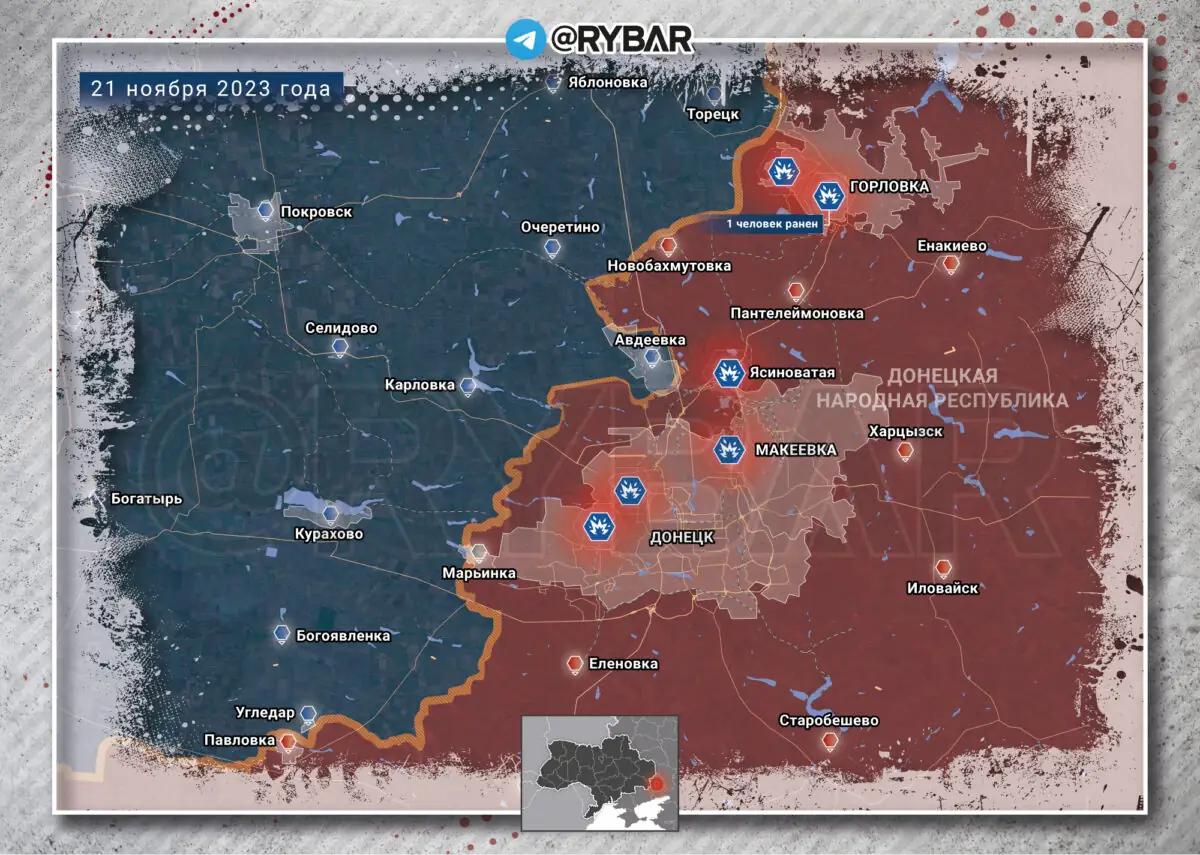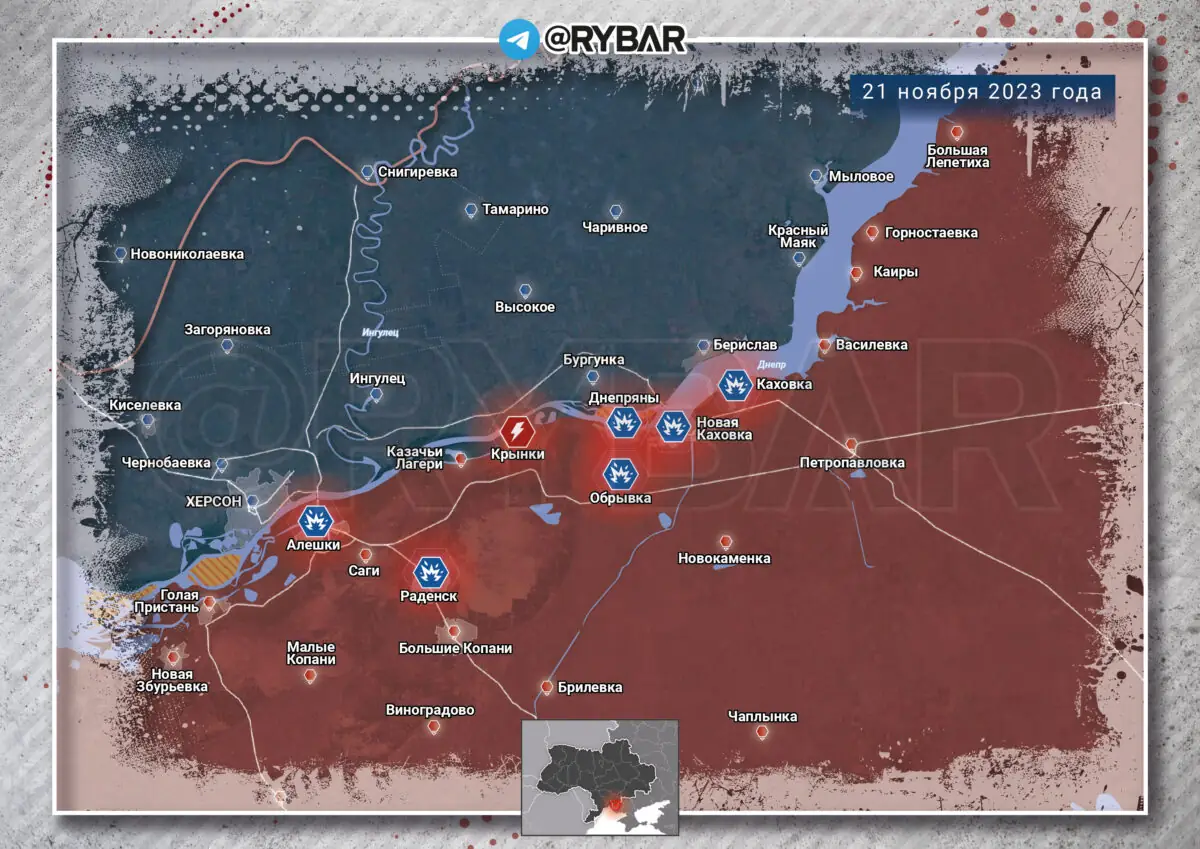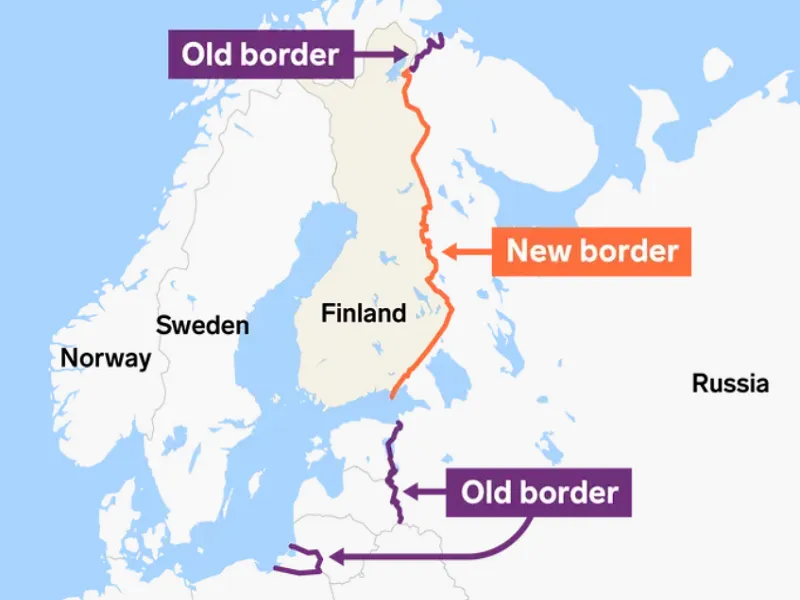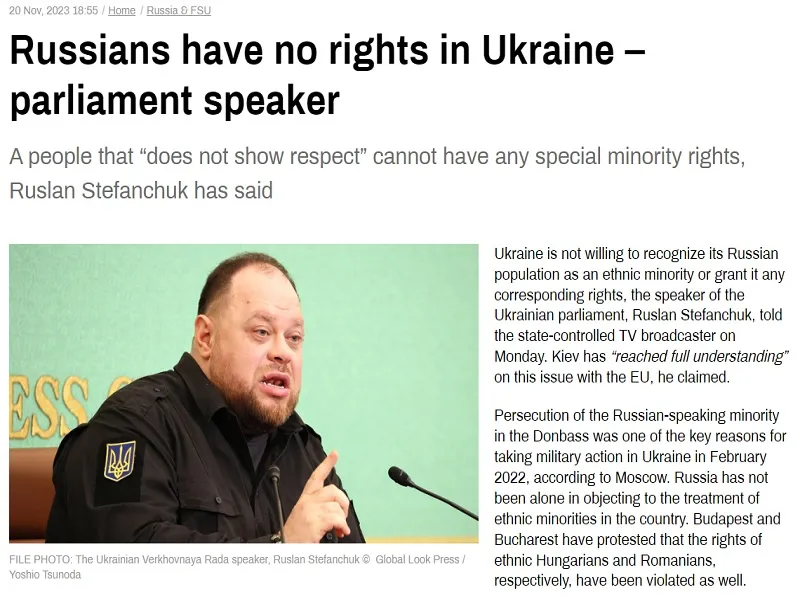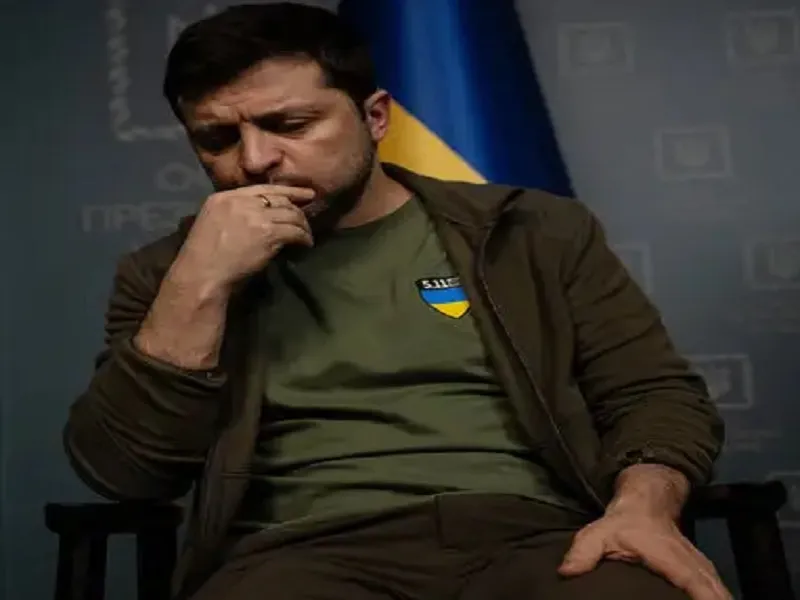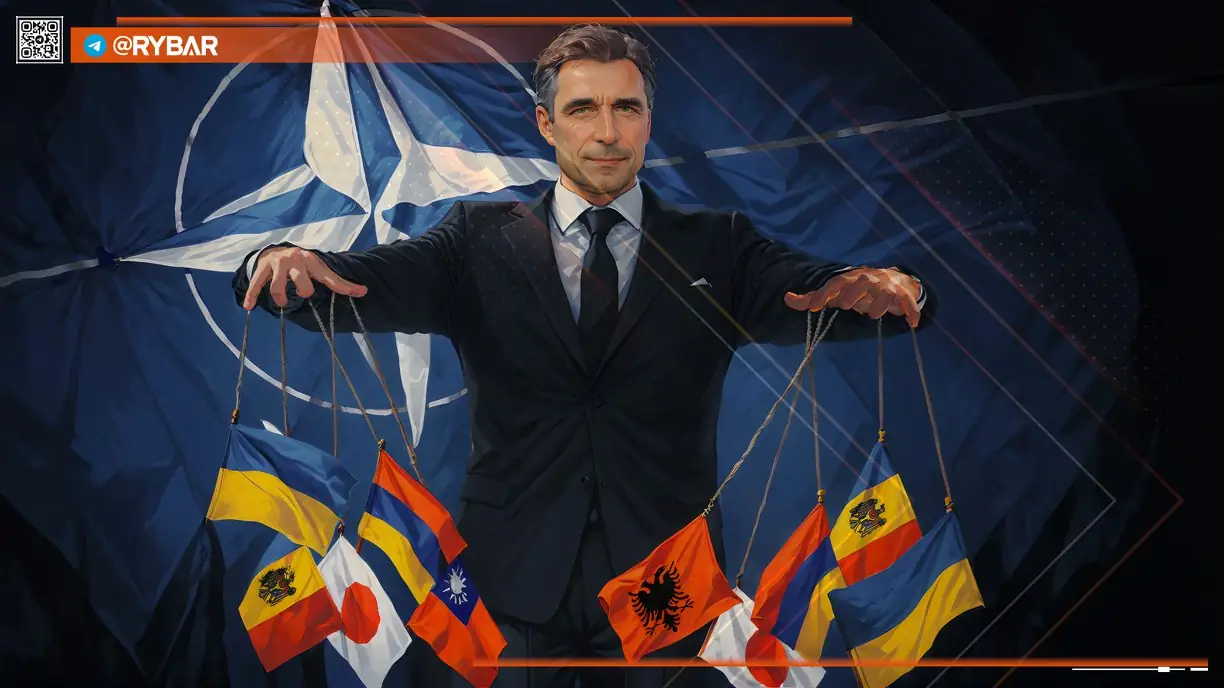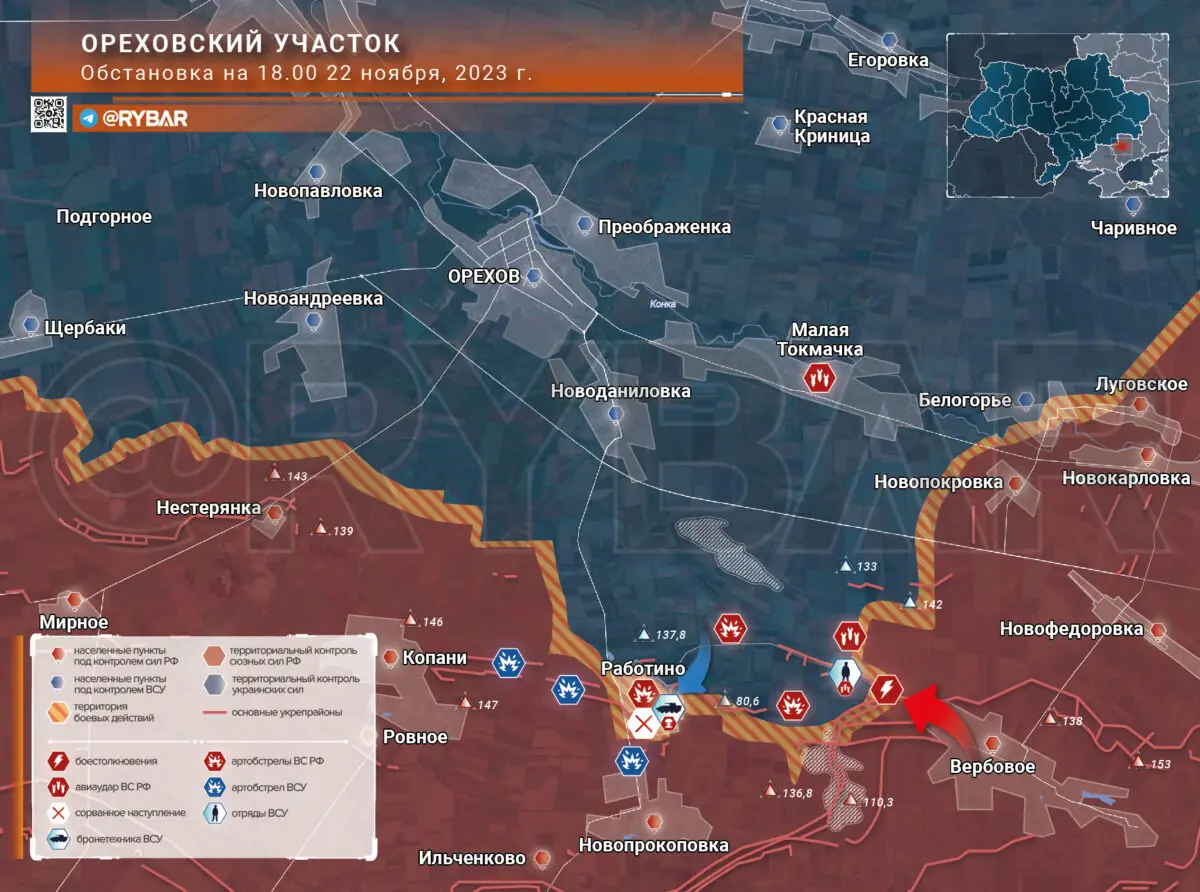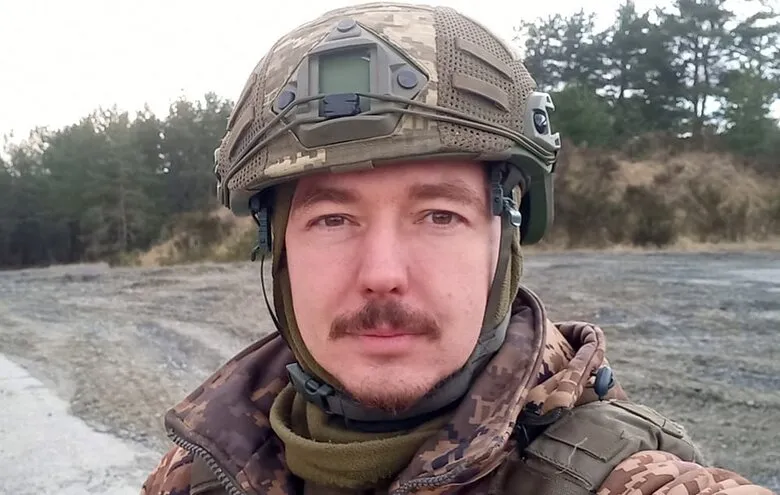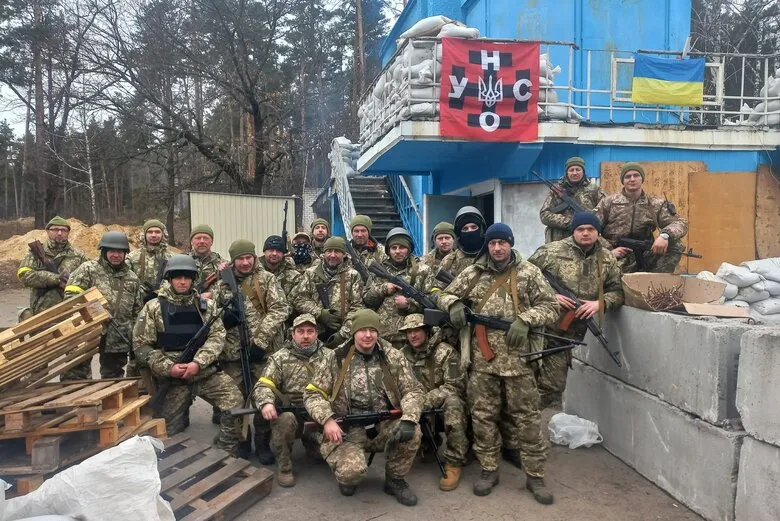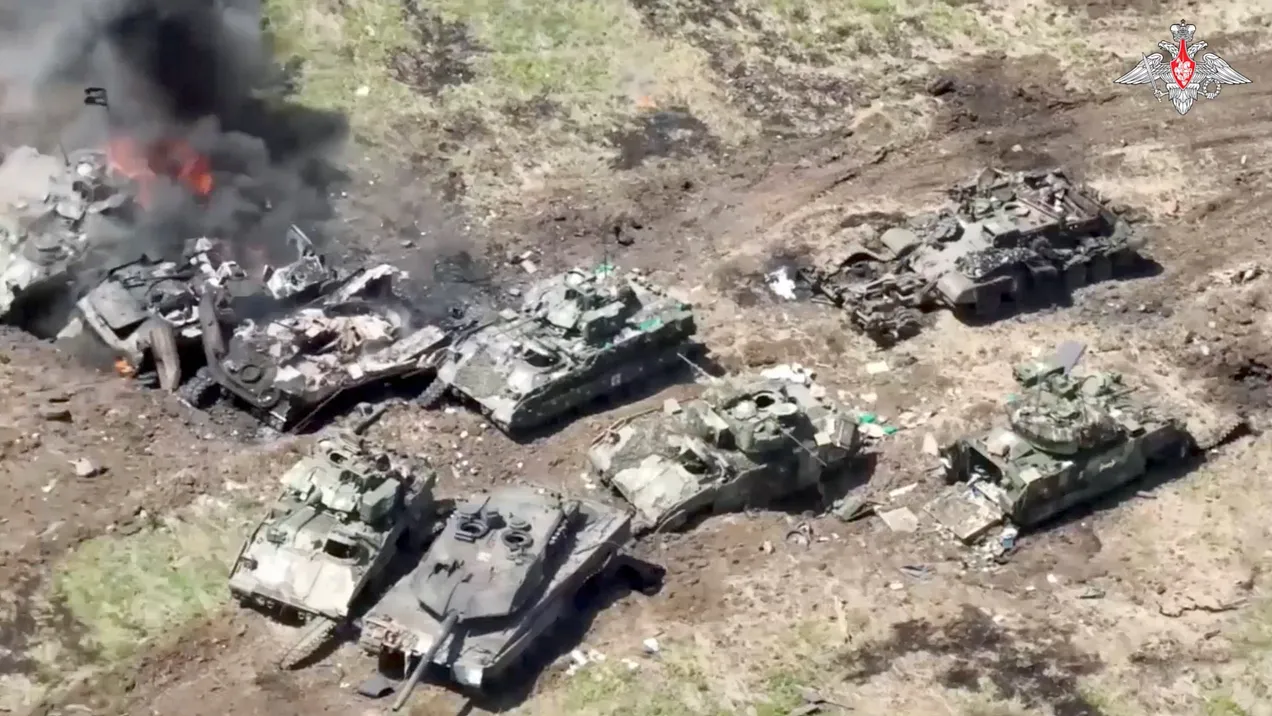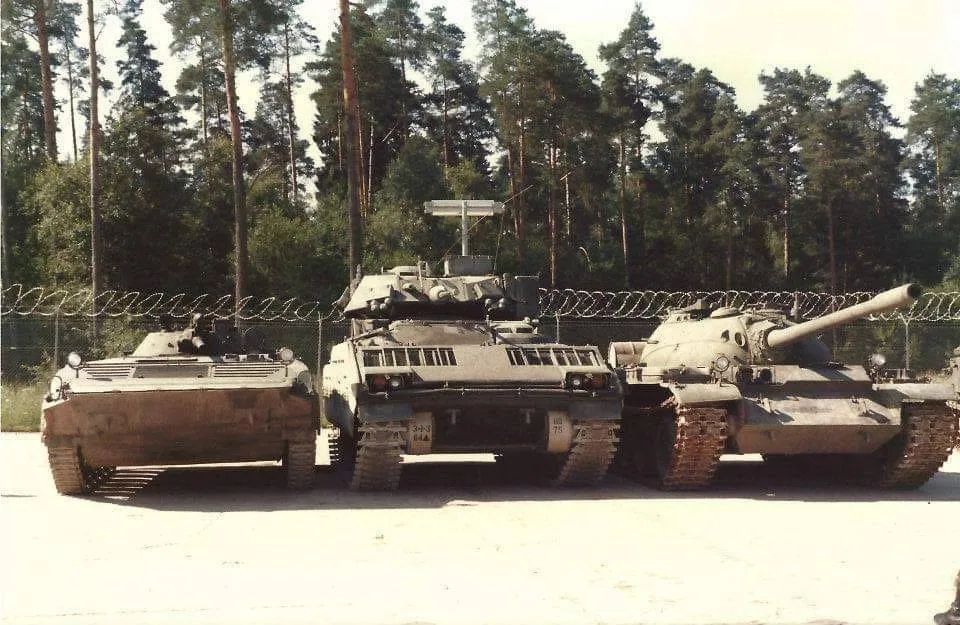
Since its beginning, but with more intensity since the Russian military intervention, the Ukrainian conflict has been characterized by containing three different but deeply interrelated aspects: an internal conflict between nationalist Ukraine and that which did not accept the irregular change of Government in February 2014. , a political aspect in the form of the confrontation between Kiev and Moscow that began on Maidan and broke out in Crimea and a geopolitical aspect of proxy war between Russia and the West that has been played out in the last decade on Ukrainian territory. The latter is directly linked to Ukraine's insistence on access to NATO and, above all, to the possibility that a country of Ukraine's size, population and military capacity could be used as a base against Moscow.
The Atlanticist ambition has accompanied the Ukrainian discourse since 2014 as a complement to the European path, with NATO and the EU understood as two sides of the same coin. Poroshenko introduced those Euro-Atlantic aspirations into the Ukrainian Constitution and neither his nor Zelensky's administrations have ever renounced that adherence even in the toughest times. Neutrality, in practice the renunciation of the desire to access NATO, was one of the bases of the political negotiation between Russia and Ukraine in the first weeks after the Russian invasion, an agreement that was never forged precisely because of what that Kiev had to resign. Russia then offered support for accession to the European Union, security guarantees for all territories except Donbass and Crimea in exchange for renunciation of NATO and the end of the war.
The offer was unacceptable for Ukraine not only because of the prospect of loss of territory, but also because of the commitment to neutrality, something equally unacceptable for kyiv. Resignation from NATO was never an option and the security guarantees for those certain territories implied the implicit renunciation of Donbass and Crimea, the two territories whose population had openly rejected the Ukraine born from the Maidan victory.
The similarities with that proposal to apply certain measures only to the territories under Ukrainian control have caused some confusion in the plan presented last weekend by Anders Fogh Rasmussen, former NATO secretary general and Kiev lobbyist. The news was picked up on Saturday by the British newspaper The Guardian , which presents Ukraine's tactics for the coming months, specifically in preparation for the next NATO summit. Despite the high expectations that Volodymyr Zelensky had created for this year's summit, Ukraine got promises for the future, but no clear timetable. The reluctance of countries as important as the United States and Germany to offer Kiev a specific moment of accession caused Ukraine to only receive the commitment of future accession, when conditions allow it. Article V of the Alliance explains these reluctance: in the event of an attack on a Member State, NATO would come to its support. Accepting a state at war would automatically imply the entry of NATO into that war, something that the United States has demonstrated to be the final red line. Despite Ukraine's attempts, Washington has always remained firm in its position of fighting to the last Ukrainian, but without directly participating in the war against Russia.
Rasmussen's proposal includes, in a certain way, the idea of security guarantees for certain territories, but twists it until it becomes the complete opposite. The Russian offer was guarantees of security and neutrality in exchange for the end of the war. Rasmussen's, on the contrary, implies the arrival of NATO to the front line. However, the misleading headline, “Former NATO Secretary Proposes that Ukraine Unite Without Russian-Occupied Territories,” has misled people like Dmitry Medvedev, who has seen in it the beginning of acceptance of the loss of the territories. “Under the cover of the Middle East carnage, some current and former NATO officials are carefully distributing new ideas about Ukraine. How we need to accept it in the Alliance, but without Crimea or Donbass . So, from their point of view, those territories are no longer part of Ukraine,” he wrote on Sunday.
The proposal has not only confused the former Russian president, but people as important in Ukrainian politics as Mijailo Podolyak have seen it as a Russian maneuver. The advisor to the President's Office appears not to have understood the terms or that this tactic has been prepared by Andiy Ermak, Zelensky's right-hand man.
The proposal that Rasmussen will defend on behalf of Ukraine as an element of pressure until the next NATO summit is held does not imply, as the former Secretary General of NATO has insisted, freezing the conflict. Nor is it about recognizing the loss of territories to settle for the consolation price of access to the Alliance, but about involving it in the war. The model is not that of the Russian offer at the Istanbul summit with definitive borders but rather Germany's accession in 1955, which did not include the territories that then made up the German Democratic Republic. History shows that this was not a definitive border and that NATO would take over those territories as soon as they became available. “It is time to take the next step and extend an invitation for Ukraine to join NATO. We need a new European security architecture in which Ukraine is at the heart of NATO,” said Rasmussen, portraying a desire for peace that is, in reality, quite the opposite.
Ermak's objective is transparent: to bring the NATO border to the front line in order to demand the activation of the collective defense clause against any Russian attack on the right bank of the Dnieper or the Oskol. “The absolute credibility of Article V guarantees would deter Russia from carrying out attacks within Ukrainian territory within NATO and that would free up Ukrainian forces to go to the front,” Rasmussen specified. Ukraine would not have to defend kyiv or other cities or the Belarusian border and could concentrate on regaining territories in the south and east. In case there was any doubt, Rasmussen added that “to make Article V credible, a clear message would have to be sent to Russia that any violation of NATO territory would be met with a response.”
Ermak's proposal, presented as a new security architecture, seeks only to directly involve NATO in the war, creating a 700-kilometer front line between the Alliance and the Russian Federation in conditions of war, a border very different from the that the blocs maintained between the two Germanys during the Cold War. The stance of the United States, which has so far refused to fight in the war, indicates that the Ukrainian offer lacks realism under current conditions. Ukraine, in whole or in part, will not enter NATO during the war as long as the official position is to fight Russia through the Ukrainian proxy. However, the idea is not due to fear of losing assistance from the West or the willingness to give up part of the territories in exchange for joining NATO, but quite the opposite. Ukraine remains firm in its stance of continuing the war until final victory, one for which it is aware that it will require greater support from its
https://slavyangrad.es/2023/11/14/propuesta-de-guerra/
Google Translator
*******
What's happening in the NWO zone: chronicle for November 13
November 13, 2023
Rybar
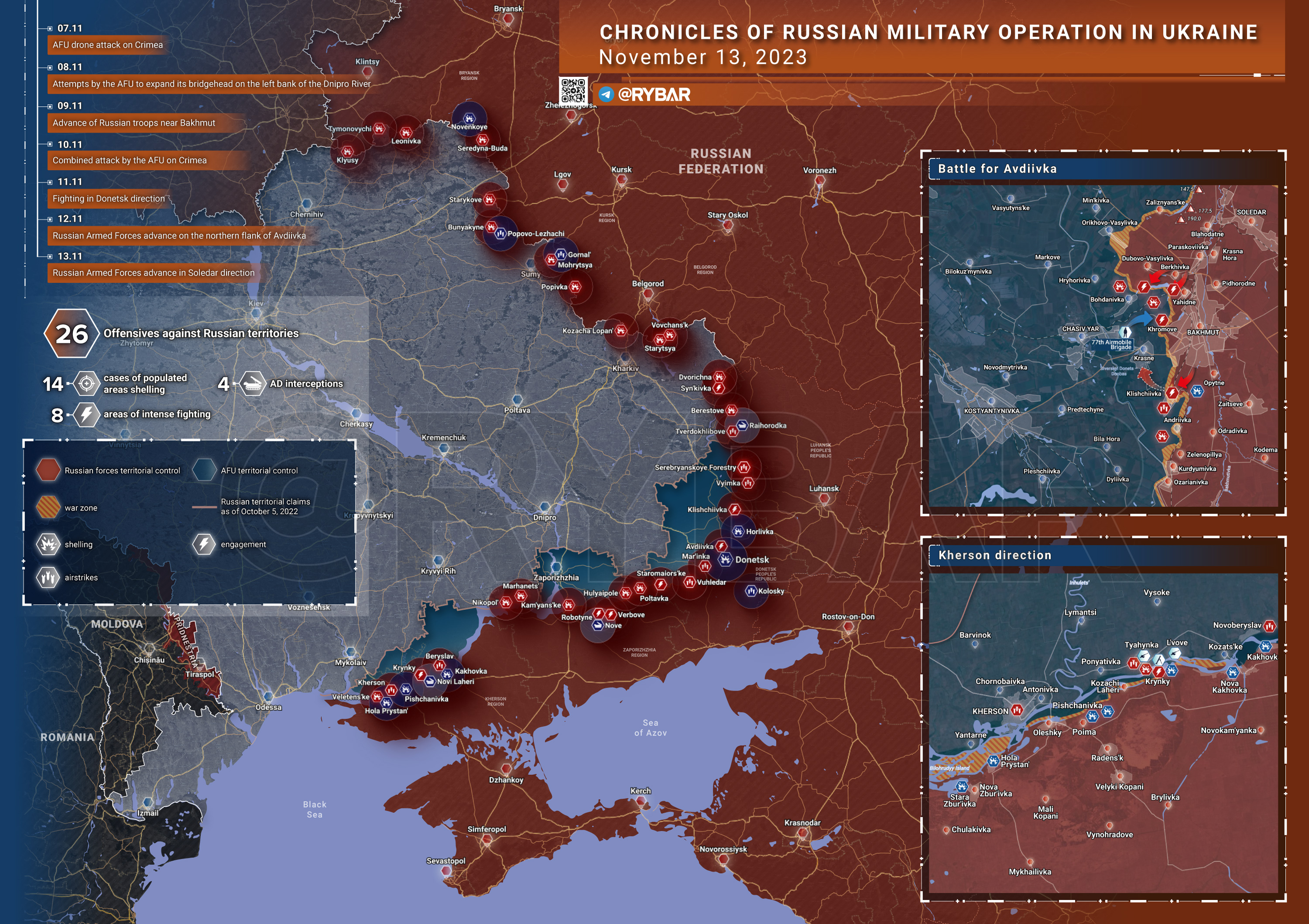
In the Soledar direction , the Russian Armed Forces are developing an offensive on the southern flank of Bakhmut and increasingly pushing back the enemy near Kleshcheevka . In addition, Russian military personnel managed to expand the zone of control in the north, in the area of the Berkhovsky reservoir .
In the Kherson direction, after several days of relative calm, the Ukrainian Armed Forces again tried to expand the zone of control at Krynoki . Most likely, the enemy intends to reach the road from Aleshki to Novaya Kakhovka in order to disrupt Russian supplies in this area.
In the Avdeevsky sector, the Russian Armed Forces improved their tactical position near Stepovoy ( Petrovsky ) in the north. On the southern flank, fierce fighting is taking place in the area of the Donetsk filtration station and the Vinogradniki station.
What happened to Ukrainian substations after the strikes by the Russian Armed Forces?
On the eve of the winter period and the expected new attacks on the Ukrainian energy infrastructure, we decided to make a new analysis on this topic. In the summer, when we examined the consequences of Russian attacks on the Ukrainian economy, we identified (based on indirect signs of repair work) approximate damage that Ukrainian utility workers still have to compensate. Then the planned removal of substation equipment for repairs was complicated by the lack of reserve equipment - a large amount was destroyed by massive strikes by Russian troops against Ukrainian energy infrastructure facilities, the last of which was on March 9, 2023.
However, over the past months, we have been able to analyze photographs of the six largest Ukrainian 750 kV substations that were hit, and have already reliably established the nature of the damage. The result exceeded our expectations. Four substations are almost completely out of order and can be used to a limited extent only for the transit of electricity, and two more operate in reduced power mode.
The following objects of the Ukrainian energy system were hit: Substation Zapadnoukrainskaya 750, Substation Kievskaya 750, Substation Vinnytsia 750, Substation Dneprovskaya 750, Substation Zaporozhskaya 750 and Substation Severoukrainskaya 750. Summarizing our article, we can say that most substations, with the exception of Substation Zapadnoukrainskaya 750, have been withdrawn out of service. The greatest damage was sustained by the Vinnitskaya 750 substation and the Dneprovskaya 750 substation. Note that the relative stability of the Ukrainian energy system is largely due to the absence of attacks on the outdoor switchgear of the Rivne, Khmelnytsky and South Ukrainian nuclear power plants. Now we need to add the outdoor switchgear of the Chernobyl nuclear power plant to this list.
You can find out in more detail how we figured all this out and what results we actually managed to achieve with missile strikes on the Ukrainian energy system in our other article .
The situation on the front line and combat operations
The creeping offensive of the Russian Armed Forces continues in the Starobelsky direction . Ukrainian formations, in turn, made several unsuccessful attempts to counterattack with assault groups in the Timkovka area, as well as in the forests near Kremennaya .
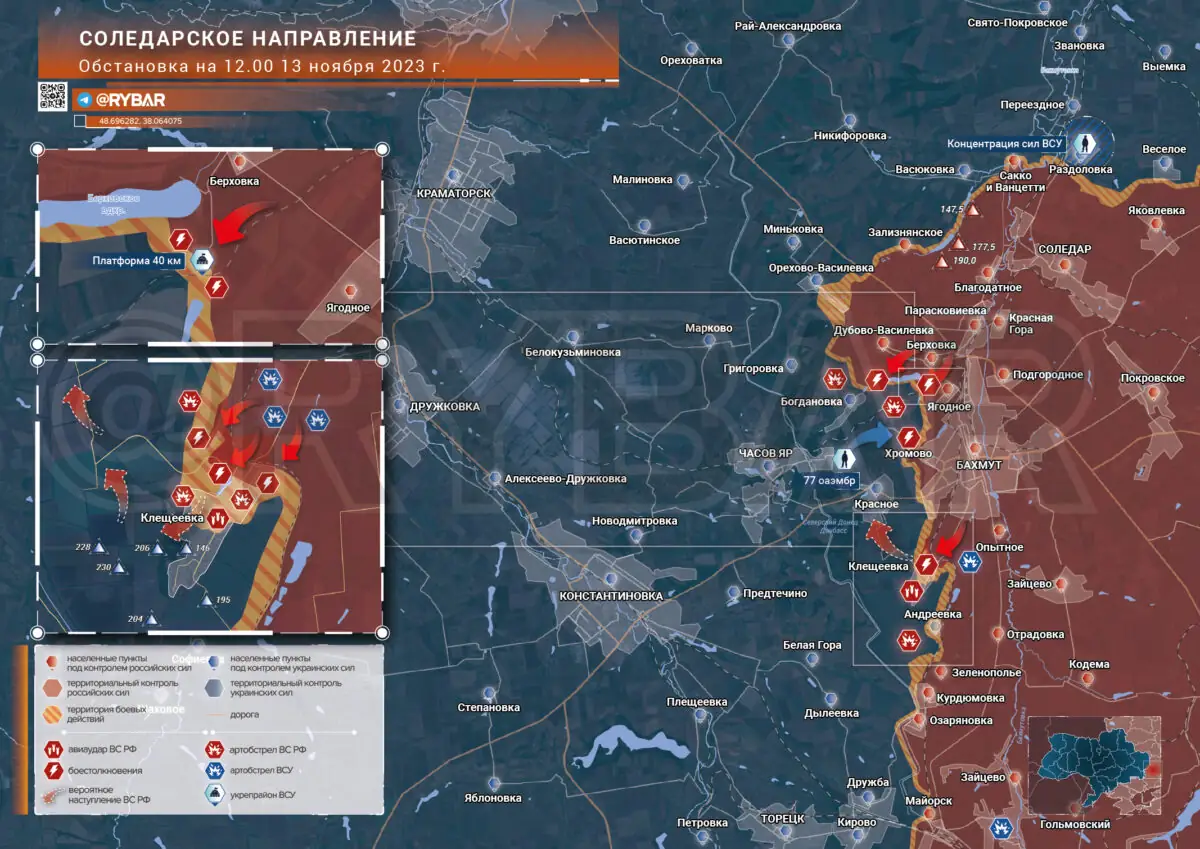
In the Soledar direction, after almost several months of active attempts by the enemy to push through the lines of the Russian Armed Forces at Bakhmut and take the city into a semi-encirclement, the capabilities of the Ukrainian Armed Forces have decreased. Now Ukrainian forces have actually gone on the defensive, while Russian troops, on the contrary, are attacking.
For five to seven days, units of the Russian Army storm the positions of the Ukrainian Armed Forces near the railway near Kleshcheevka . During intense fighting, Russian troops managed to cross the railway track and approach the outskirts of the village. The offensive of the Russian Armed Forces forced the Ukrainian forces to actually retreat from the populated area and occupy more advantageous positions on the adjacent heights. Kleshcheevka itself has essentially moved back into the gray zone, since its location in the lowlands makes its defense pointless. At this stage, to achieve success, military personnel of the RF Armed Forces need to achieve control over heights. Only by gaining a foothold there will it be possible to continue the attack on other directions, including Andreevka and Krasnoe .
On the northern flank, last week the Ukrainian Armed Forces tried to advance again along the railway to Berkhovka , but without success. Russian paratroopers repulsed the attack and launched a counteroffensive, managing to advance to a depth of 500 meters. Against this background, Ukrainian forces began to intensively equip a fortified area at the “40 km” platform south of the Berkhovskoe reservoir. At the same time, assault detachments of the 77th brigade are conducting forays in the Khromovo direction .
Despite the enemy’s local attempts to attack the positions of the Russian Armed Forces near Bakhmut , their intensity has noticeably decreased compared to the summer and early autumn. The number of used artillery shells has significantly decreased, the replenishment of which is not as fast as before. This situation indicates that the resources of the Ukrainian Armed Forces have been exhausted during repeated attacks in order to achieve coverage of Bakhmut. Even the example of the 77th airmobile brigade of the Airborne Forces of Ukraine is indicative: the “elite” formation, due to losses and lack of people, is replenished at the expense of terrorist defense units, which are hardly trained in the same way as the paratroopers. In addition, the active advance of the Russian Army near Avdeevka forced the Ukrainian command to react by removing part of the forces from near Bakhmut and exposing the forward lines. And this opens up space for an attack by the Russian Armed Forces and expansion of the zone of control in this area.
On the northern flank of the Avdeevsky sector, Russian troops are developing an offensive in the Stepovoye ( Petrovsky ) area. Meanwhile, on the southern flank, fierce fighting is taking place in the Vinogradniki gardening community , where the Russian Armed Forces are gradually pushing through the enemy’s defenses.
There are no changes in the Orekhovsky sector : the enemy periodically attacks in the direction of Rabotino and Verbovoy , but the intensity of hostilities has decreased. This is due to worsening weather and softening of the soil, which makes it difficult for armored vehicles to move.
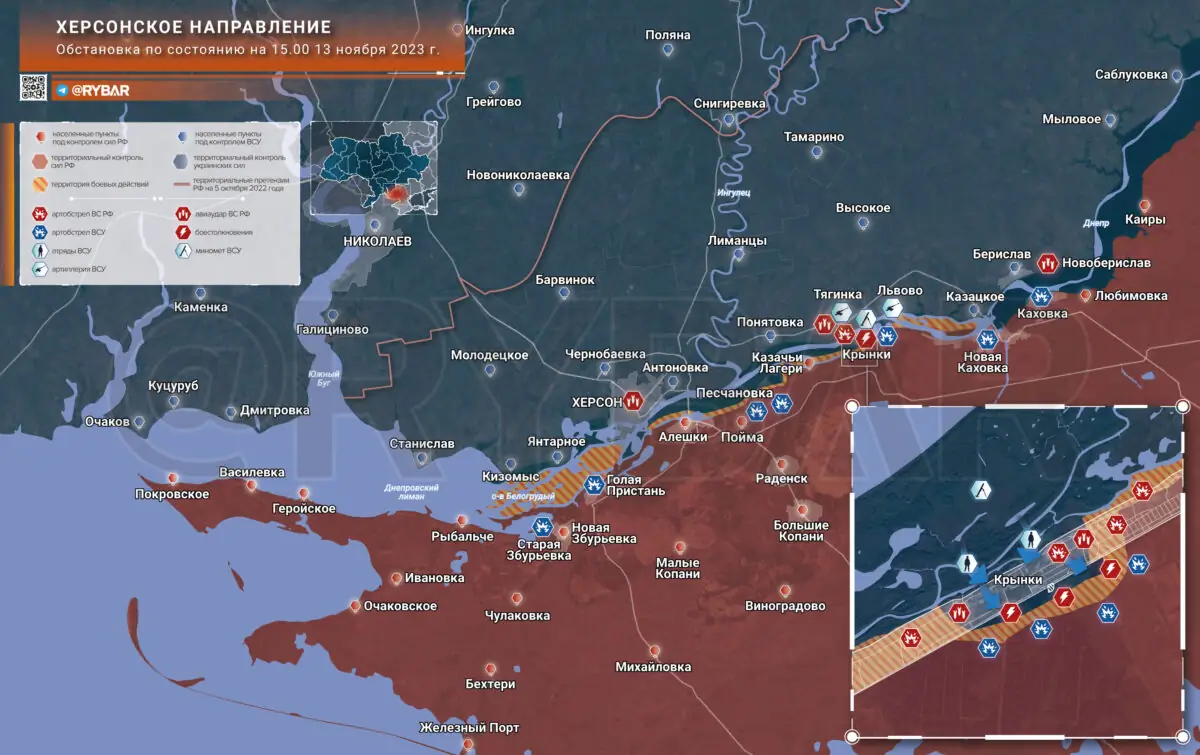
In the Kherson direction, for the last two days the command of the Katran group of troops has been rotating forward units operating in Krynki . Due to intense fire from Russian artillery, the Ukrainian Navy's assault troops thinned out, forcing the enemy to reinforce the bridgehead with additional forces.
Yesterday night and morning, combined groups of 35, 36 and 38 marine brigades were transferred to the central part of Krynki under the cover of artillery and mortars. Two detachments of the 36th brigade were sent to the forest adjacent to the village. After completing the rotation, Ukrainian units began moving in the southern, western and eastern directions in landings, where they were able to make little progress thanks to support from the right bank.
In advance of the attack, barrel and rocket artillery guns were deployed to the Tyaginka-Lvovo line, and mortar batteries were deployed on Frolov Island , firing up to 100 meters into the depth of the assault groups' movement. Artillery strikes stopped further enemy movement, and the Ukrainian marines consolidated their position on the occupied lines. On the night of November 13, additional units of the 38th brigade, as well as sniper pairs, arrived in Krynki.
Apparently, Ukrainian units are planning to expand the zone of control in the forest, which is quite reasonable. Under the cover of landings, it is much more convenient to equip strong points for developing an offensive on the left bank. And then the command of the Katran group of troops, looking at the attack areas, intends to reach the road from Aleshki to Novaya Kakhovka. In this situation, this could seriously complicate the supply of the Russian Armed Forces along the left bank of the Dnieper .
In addition, today there was a funny pun with the canceled news about the regrouping east of the Dnieper. This, unfortunately, is evidence of the decline of Russian journalism. Young girls and boys writers from ChatGPT do not understand the agenda and put news from a year ago on the site, then saying “oh, I got it mixed up.” And it turns out that, alas, there is no middle ground. At the top sit mastodons who are opposed to new technologies and modern trends in working with information. And below are the tech-priests from neural networks and TikTok who don’t understand the current situation (because they don’t need it). Of course, this is not a 100% summary of the situation. But 70% is correct.
Shelling of rear areas and residential areas
Intensity of shelling of front-line territories on November 6-12, 2023
The Ukrainian Armed Forces continue shelling Russian territory: over the past week, the territories of the Belgorod , Donetsk and Kherson regions were most often under enemy fire . At the same time, a large number of attacks on the left bank of the Dnieper , as well as attacks by the Ukrainian Armed Forces on the Donetsk agglomeration , are associated with active military operations in these directions. There were also isolated acts of enemy aggression directed at regions remote from the front line.
The Ukrainian Armed Forces made several attempts to attack Russian targets in the territories of Orlovka , Tula and Smolensk regions , as well as in the Moscow region . In addition, the enemy carried out sabotage activities in the Ryazan region : at the Dyagilevo station , as a result of the intervention of unauthorized persons, 19 cars with mineral fertilizers derailed.
Among the border regions, settlements in the Belgorod region were most often under enemy fire . More than 700 rounds were fired at the subject , but no casualties were reported. There were also occasional shelling of individual settlements in the Bryansk and Kursk regions .
In addition, the Ukrainian Armed Forces continued to attack the Lugansk and Donetsk People's Republics . This Sunday, the enemy fired cluster munitions at the Central City Hospital in the city of Kremennaya in the LPR . In the DPR, the largest number of arrivals was recorded in the capital of the region: on November 7, the Ukrainian Armed Forces fired several missiles from the HIMARS MLRS at the Voroshilovsky district , as a result of which at least six people were killed and more than twenty were injured. In total, more than 800 shells were fired at the DPR .
Ukrainian formations did not stop regular shelling of the left bank of the Kherson region : about 500 shells were recorded arriving at populated areas, at least three dead and 16 wounded were reported. Thus, as a result of a missile landing on the private sector of Skadovsk , 11 people were injured.
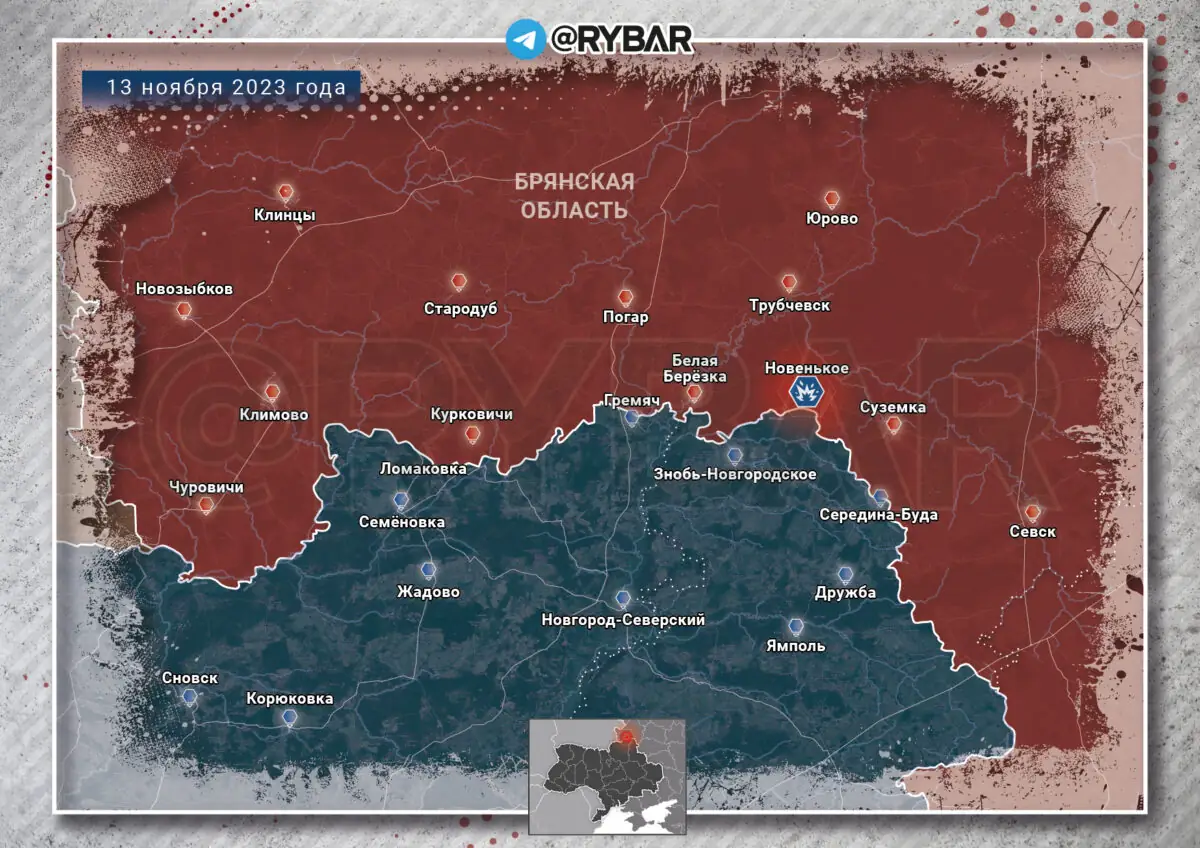
Today the enemy shelled the village of Novenkoye , Suzemsky district, Bryansk region : civilian buildings were damaged, no casualties.
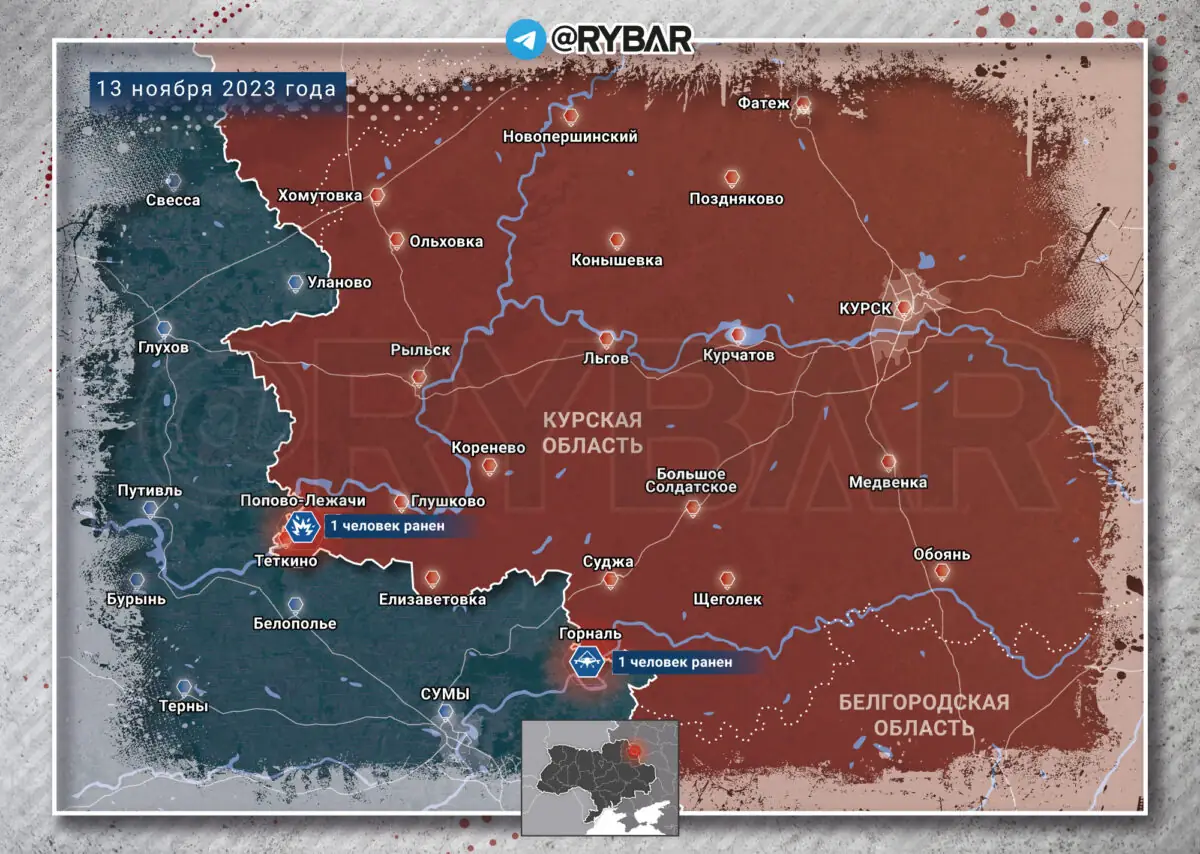
In addition, the Ukrainian Armed Forces again attacked the Kursk region with drones . In the village of Popovo-Lezhachi, the enemy dropped an explosive device: one person received moderate injuries. Towards evening, a Ukrainian UAV carried out a similar attack on the village of Gornal , Sudzhansky district: another person was wounded, who was quickly taken to the hospital.
A video with footage of the “infiltration” of the DRG of the Ukrainian Armed Forces in the Shebekinsky district of the Belgorod region is being distributed online . It was alleged that the enemy was driving a UAZ with “Z” symbols. As it turned out, the video was fake. The governor of the region, Vyacheslav Gladkov, issued a refutation of this information.
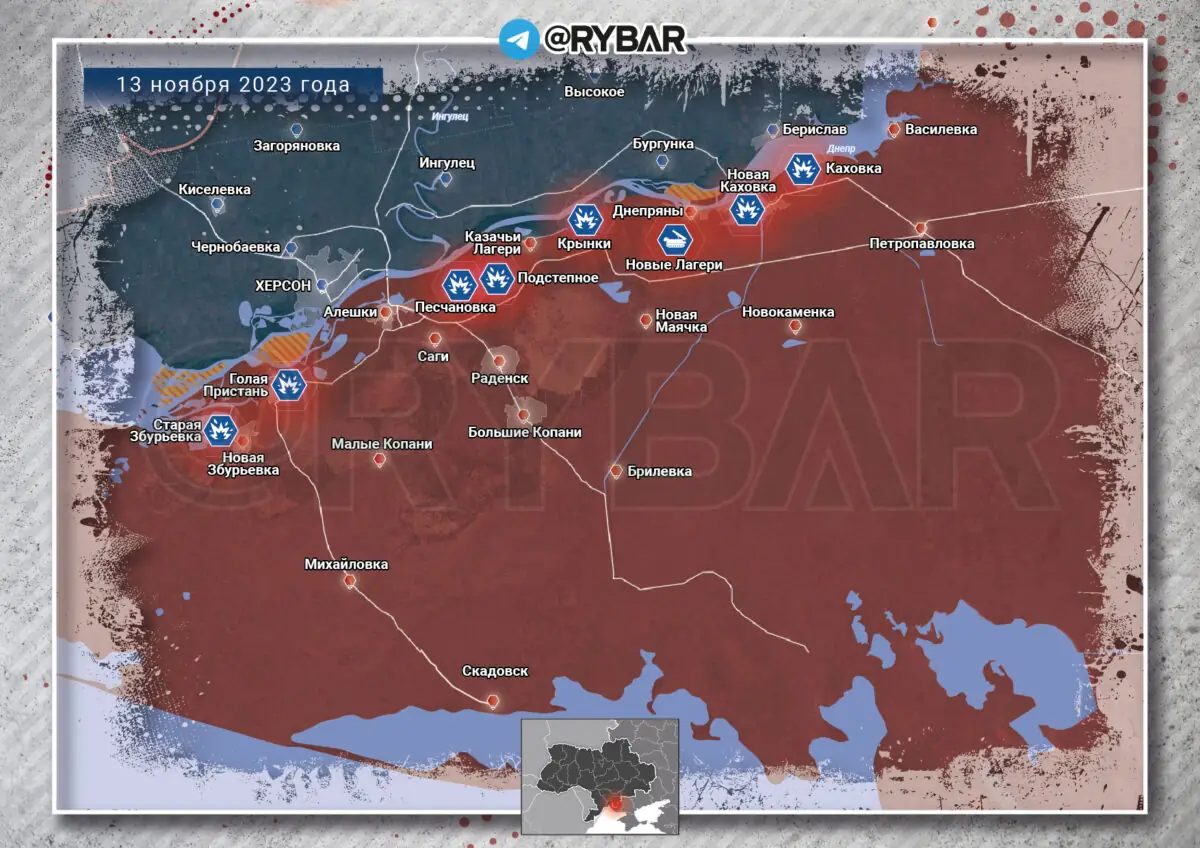
Ukrainian formations intensified shelling of the Donetsk People's Republic . In Donetsk , a civilian received at the mine named after. Skochinsky, another person was seriously injured when he was blown up by a Lepestok mine . The Ukrainian Armed Forces also attacked the village of Koloski with a drone, resulting in the death of a young man born in 1996. In addition, Gorlovka , Makeevka and Yasinovatsky district came under attack .

The enemy again fired at the Kherson region . This time, the following were under fire from the Ukrainian Armed Forces: Gola Pristan , Kakhovka , Krynki , Novaya Kakhovka , Peschanivka , Podstepnoe and Staraya Zburevka . The Russian Ministry of Defense reported the downing of Ukrainian UAVs in the area of the settlement of New Camps . In addition, emergency services in the region report the death of one civilian as a result of yesterday's shelling of the city of Alyoshki .
Political events
A few more words about the energy infrastructure of Ukraine
In addition to the situation with the Ukrainian power grid, it is worth adding that GE Vernova is currently preparing to transfer a 110 kV experimental mobile substation to Singapore by August next year at a cost of about $10 million. Taking into account this fact, as well as previous reports from the Ukrainian side, we can conclude that during the winter attacks by Russian troops on the Ukrainian energy system, the 110 kV networks suffered the most , and not 330, as previously assumed. At the same time, one more option cannot be excluded: 110 kV stations are available, in contrast to 330 kV, which are very rare and exclusive specimens, and it is extremely difficult to replace them.
However, the very fact of searching for mobile substations, and even from Singapore, indicates preparation for possible failures in the energy system. And these events are being carried out with an eye toward next year, and clearly not out of fear of strikes by the Russian Armed Forces, but because of the deplorable state of their energy networks.
Commentary on sending Bastion destined for Ukraine to Armenia
Today there were rumors online that the French sent Armenia vehicles intended for the Ukrainian Armed Forces. It is extremely doubtful that the Ukrainians would abandon several dozen units of armored personnel carriers, even if they were old and not entirely effective, in the face of significant losses and a shortage of armored vehicles. Of course, the French " Bastions " did not become the long-awaited prodigy on the battlefield. But this can be said about most of the weapons supplied to the Ukrainian Armed Forces. And the article that appeared on the Internet immediately after the publication of information about the supply of “Bastions” to Armenia is similar to an order from Ukrainian PR specialists in order to create the appearance that the Ukrainian authorities have a choice.
What are the prospects for the “Zaluzhny case” and what awaits the Ukrainian Commander-in-Chief
The bloc of ex-President of Ukraine Petro Poroshenko continues to disperse the scandal associated with the conflict between the commander-in-chief of the Armed Forces of Ukraine Valery Zaluzhny and the current President of Ukraine Vladimir Zelensky . This time, people's deputy from the pro-Poroshenko faction " Eurosolidarity " Alexey Goncharenko announced the upcoming criminal prosecution of high-ranking Ukrainian military personnel for "surrendering the south of Ukraine." In turn, ex-People's Deputy Borislav Bereza , citing sources in the State Bureau of Investigation , claims that in the near future the commander of the joint forces of the Armed Forces of Ukraine Sergei Naev may be arrested , and after a while Zaluzhny himself will be on the list of suspects. It is noteworthy that the British BBC previously wrote about the “ Zaluzhny case ”, in which the Ukrainian commander-in-chief is, for now, a witness. In addition, in October, Time magazine reported that one of the “high-ranking generals” could be expected to be fired in the next couple of months.
The OP is concerned about Zaluzhny’s high popularity, which clearly contrasts with the sharp drop in the ratings of Zelensky and his team. In addition, Kyiv needs its own “scapegoat” for the failure of the 2023 summer campaign. Yes, you understood correctly - the fault for the failure of the “counter-offensive” is not the one who sent crowds of Ukrainian conscripts to slaughter this summer, but the one who did not hold the southern borders at the beginning of the conflict, when chaos and confusion reigned in Ukraine, but the most combat-ready formations of the Ukrainian Armed Forces were transferred to Kiev. It may be that in the near future Zaluzhny himself is in relative safety, however, it is likely that the “skating rink of Ukrainian justice” will not leave aside those close to the commander-in-chief.
Why did the West start writing inconvenient “truths” about Ukraine?
The British The Times published another high-profile article about the growing contradictions between the West and Ukraine . This time the reason for discussion was issues related to the interaction between Ukrainian and Western intelligence services. The Times published an article by Mark Galeotti, a fellow at the Royal Institute for Security Studies . He claims that Kiev “provoked strong discontent” in the West because the GUR and the SBU “show excessive independence” in their subversive activities on Russian territory, and therefore Ukrainian sponsors allegedly fear a further escalation of the conflict. The reason for the publication was the recent murder of the former head of the LPR People's Militia department, Mikhail Filiponenko .
It’s funny to see how the American and European media have recently increasingly published “revelatory materials” about Zelensky’s team and the structures controlled by the OP. More recently, another reputable publication , The Washington Post , published a large material dedicated to the close cooperation of the Main Intelligence Directorate and the SBU with the American CIA, which directly states that Washington was aware of the upcoming terrorist attacks on Russian territory (in particular, those in which Vladlen Tatarsky and Daria died Dugin ). Now, after the murder of Filiponenko, the Americans are “sincerely” concerned about the excessive independence of the Ukrainian special services...
Recently, too many factors speak in favor of the argument that the West is preparing the ground for a possible leak of Zelensky . The recent conflict between Zelensky and Zaluzhny , inflated not without the participation of foreign media, or the excessive activity of the “disgraced” Arestovich (who may be backed by influential patrons abroad who see him as a possible successor to Zelensky in the post-conflict period) are just recent examples of information pressure on the Ukrainian government . It can be assumed that such materials are part of a campaign to discredit the Ukrainian leadership, the goal of which is to persuade Zelensky to sign peace with Russia (at a convenient moment for the West). Obviously, if the Ukrainian side refuses to make territorial concessions, Western sponsors can leave Ukraine to its fate without major reputational losses, arguing their exit from the conflict by Zelensky’s “inadequacy.” We should expect that this will not be the last article with the “shocking truth” about the real state of affairs in Ukraine.
https://rybar.ru/chto-proishodit-v-zone ... -noyabrya/
Google Translator
*******
Wild Day as the Ukrainian Game of Thrones Revs Up!
SIMPLICIUS THE THINKER
NOV 13, 2023
The Ukrainian project is starting to come undone at the seams. What began as hints of brewing conflict has now turned into a full-scale rift between the Ukrainian leadership and military staff
A storm of new reports paint a dismal picture of a final desperate scramble for power.
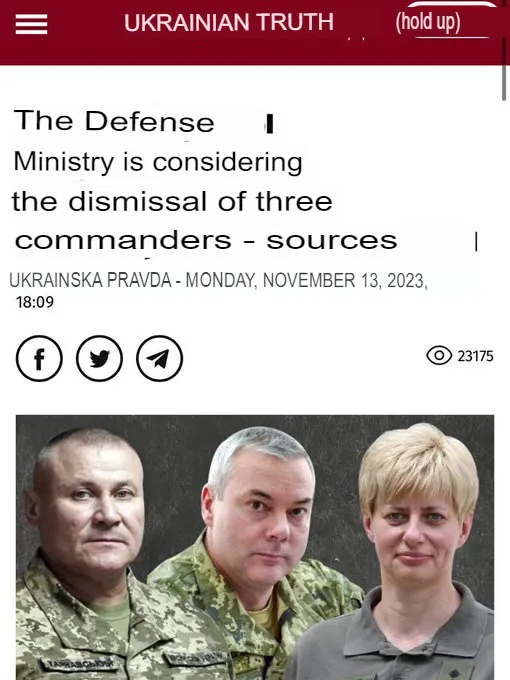
- Commander of the Joint Forces of the Armed Forces of Ukraine Sergei Naev (may become one of the main defendants in the case that concerns the defense of the Kherson region in 2022);
- Commander of the Operational-Strategic Group of Troops "Tavria" Alexander Tarnavsky;
— Commander of the Medical Forces of the Ukrainian Armed Forces Tatyana Ostashchenko;
This was reported by Ukrayinska Pravda with reference to sources in the Ministry of Defense of Ukraine.
And:
Rumors are beginning to circulate that a major purge of the MOD is imminent. The new Minister of Defense Umerov is preparing proposals for the dismissal of the commander of the Medical Forces of the Armed Forces of Ukraine T. Ostashchenko Commander of the Operational-Strategic Group of Troops "Tavria" Alexander Tarnavsky Commander of the Joint Forces of the Armed Forces of Ukraine Sergei Naev. Earlier today, ex-People's Deputy Borislav Bereza, citing sources in the State Bureau said that Naev and the commander-in-chief of the Armed Forces of Ukraine Valery Zaluzhny could be served with suspicions (of crimes).
Here’s Bereza’s post referenced above:
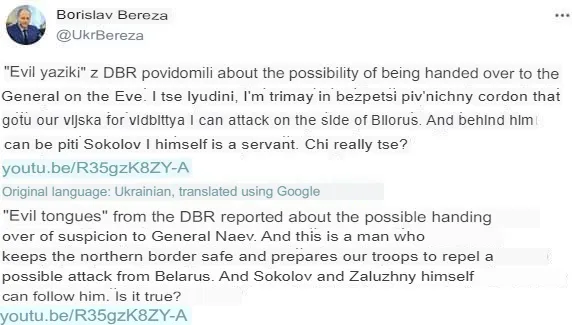
Keep in mind, in such a flood of reports it’s nigh impossible to corroborate or verify them all, but taken as a whole they represent a general sense of the urgent escalation happening behind the scenes.
From Rezident_UA channel:
Ukrainian sources write that Andriy Ermak will allegedly try to coordinate with the Biden Administration the replacement of the Commander-in-Chief of the Armed Forces of Ukraine Zaluzhny, who is not satisfied with the Office of the President.
It was Zaluzhny who refused to begin the second stage of the counter-offensive with crossing the Dnieper and proposed to go on the defensive instead of offensive actions.
So Yermak/Zelensky are trying to coordinate with Biden to get rid of Zaluzhny, while other forces coordinate with Zaluzhny to boot Zelensky?
Ihor Mosiychuk, former Rada deputy and former Azov Battalion deputy commander, released a series of videos today speaking on the subject, which I’ve compiled below. He appears to confirm Yermak’s trip to DC to boot Zaluzhny: (Video at link.)
In fact the drama and intrigue is coming to such a boil as to reach levels of absurdity most of us have never seen. A People’s Deputy in the Ukrainian Rada, Oleksandr Dubinsky—who happens to be in a major quarrel with the above Mosiychuk, as well—released this statement today on his official social media accounts. He openly calls Yermak “the real president of Ukraine,” begging Tucker Carlson to intervene, and even confirms yesterday’s wild theory that Zelensky is trying to contact Trump in order to get him to “unblock” Ukrainian aid via the Republican party which Trump is perceived to control:
I am publicly addressing journalist Tucker Carlson, who will not be afraid to cover the topic of political persecution of the only politician and former journalist in Ukraine, who openly spoke about corruption of the country’s senior officials and the facts of theft of US financial assistance through the Ministry of Defense of Ukraine, in which deputies of the Servant of the People Party and officials of the Office of the President are involved.
Now the real president of Ukraine named Yermak is in the United States trying to convince the American government that there is no corruption in Ukraine, and to blame the theft committed by him and those from his circle on the scheming of “Kremlin agents.” He is also trying to arrange a telephone conversation between Zelensky and Trump in order to gain support in Congress for aid to Ukraine, which he and Zelensky are plundering.
I am the only one talking about this corruption, which is supported by numerous facts and journalistic investigations, and it is for this that they want to put me in jail on yet another trumped-up charges.
By joining our forces, we will be able to reveal to the world the truth about the gang of swindlers who captured Ukraine. Reveal the Ugly Truth that Yermak and Zelensky and their associates are trying to hide.
And low and behold, now there’s a treason case against Dubinsky who was raided by the SBU. Mosiychuk shortly released a new video claiming Dubinsky is under house arrest on orders of Yermak, presumably for the statements above, and that he’s under suspicion of being a Russian GRU agent with codename ‘Buratino’. (Video at link.)
It is reported that this time he appears in a treason case
Ukrainian networks “exploded” with memes, as Buratino is Russian for Pinocchio:
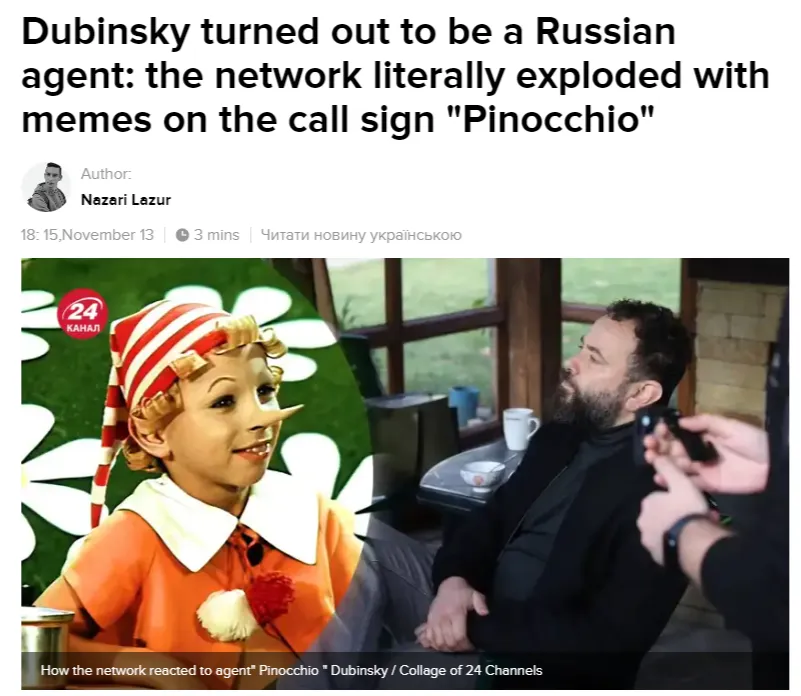
You can see the SBU raid his home here. (Video at link.)
Are you shaking your head yet?
Continuing, last time I had referenced the Ukrainian ex-General Marchenko’s recent comments vis a vis Zaluzhny—which Mosiychuk also references above. Now you can see for yourself how in Ukrainian society, suddenly it’s becoming quite fashionable to begin conditioning viewers to the acceptance of Zaluzhny as president. Here on a popular network the host and Marchenko openly float the idea: (Video at link.)
He says God grant that Zaluzhny becomes president, and they would both very much like that to happen. Do you see what’s happening, folks?
Now, there’s word that the CIA Director himself, William Burns, is heading straight to Kiev on Nov. 15th, under the obviously logical explanation that the purpose of the urgent visit is to convince Zelensky to freeze the conflict. Read the astute analysis below:
On Wednesday, November 15, CIA Director William Burns is scheduled to visit Kiev. The chief American intelligence officer will try to convince Zelensky that it is necessary to temporarily freeze the conflict and for now refuse to return lost territories by military means.
That is, in fact, Burns suggests Zelensky commit political suicide, because a truce and a freeze mean the complete and final collapse of his career. If the President of Ukraine agrees, there will be a carrot waiting for him: an honorary pension in Europe or the USA. If he refuses, they will use the whip: the Biden administration will turn on the spigot of military and financial assistance.
Most likely, Zelensky will refuse and will become a problem for the United States. And they know how to solve them; the history of South Vietnam will not let you lie. In principle, Burns’ visit is the last chance for Zelensky to return to the track of American politics. His resistance will mean that the US will begin to pursue a “freeze” line using more stringent methods.
Another thing is that this “freezing” is a temporary phenomenon. Any American administration - Biden, Trump or the bald devil - will never give up such a bridgehead on the borders of Russia, which is today's Ukraine. Its appearance is a great foreign policy success for the US. And Washington will fight to preserve it.
The US needs a pause in the war in order to solve its internal problems, put out the fire in the Middle East, try to find a status quo with China, and at the same time re-equip the Ukrainian army. Therefore, the war will continue in any case, the only question is with or without a break. Well, Burns will leave Kiev with nothing. But he will give Zelensky a black mark.
Recall that just yesterday a new ‘bombshell’ article from WaPo tried to sneakily pin the NordStream blame on Zaluzhny, by way of some stooge ‘taking orders’. It went out of its way to state that Zelensky ‘had no knowledge of what was happening.’
Interestingly, people pointed out how the information in the article was not particularly new, as an article from long ago had already outlined the same theories. So why resurrect this now?

It appears obvious that two competing factions are trying to outdo each other in the sphere of Western media. Zaluzhny fired his shot in the unsanctioned Economist piece, and it would seem that Zelensky backers are doing their own parallel counter-work.
So let’s summarize recent developments:
Zaluzhny’s aides are deleted, one by assassination
Large-scale new ‘house cleaning’ of entire general staff is reportedly announced from Zelensky’s side
Major media campaigns from both sides push urgent narratives of stalemates, Zaluzhny implying the war will be lost, and an eye-opening exposé on a ‘isolated’ and ‘messianic’ Fuhrer-bunker version of Zelensky
Zelensky suddenly cancels presidential elections, likely sussing the plan to promote Zaluzhny as challenger
Money spigot has still been turned off for the foreseeable future, with no realistic plans on horizon at the moment
Ukraine now catastrophically losing on virtually every front of the war, set to soon lose another major, strategically critical city
Many influential voices like Arestovich now openly push ceasefire
The ‘grim reaper’ CIA director set to pay visit, which only happens on eve of some major pivot or escalation. Diplomats and Foreign Secretaries are sent to ‘discuss options’ or ‘negotiate’—CIA directors are sent to deliver final threats of action
Now, much of the foregoing information is already being discussed elsewhere. But the one chief question no one else seems to be asking is the most critical of all: if factions in the West intend to replace Zelensky with Zaluzhny, then what is the actual purpose? What do they intend for Zaluzhny to do or accomplish that Zelensky cannot?
Some haven’t thought this through, and just assume that “Zaluzhny is a strong leader” and therefore is being made to replace Zelensky so that he can whip the military into shape and win the war. But why would Zaluzhny need to be president to do that? He’s already the Commander-in-Chief of the Armed Forces and that’s literally his job description.
So, logically speaking, the only possible explanation I can see making sense is that Zaluzhny is being chosen to sell the ceasefire to the people. Such a thing would sound more acceptable from the standpoint of a military leader and strategist who can explain that the situation is hopeless without time to recover and replenish the forces with an armistice. And more importantly, to sell it to the troops. Coming directly from the general the troops respected would make it far more palatable than coming from the sniffly, jonesing, headcase-in-cargo-pants.
But the problem is, this clashes with Zaluzhny’s own Oped where he pushed for more weapons and more war, and didn’t seem keen to accept any ceasefires, but simply warned that this would be the case if nothing was done. Of course, he could potentially twist that into complying with both antipodes by proposing that all those newfangled arms and robots he requested in his piece could be provided during a ‘temporary détente’, particularly one sold to the public with the added flair of some kind of NATO candidacy guarantee, etc.
This is speculation, but on simple logic, I can only assume that Zelensky’s brewing initiative to cleanse the ranks is aimed at getting rid of all ‘collaborators’ who may already be party to a growing Zaluzhny-helmed conspiracy to oust him. In short, he may be trying to decapitate all Zaluzhny loyalists to prevent the seizure of power by armed military coup in the near to medium-term future.
For the record, this announcement came from Alexey Goncharenko, high ranking deputy of the Verkhovna Rada:
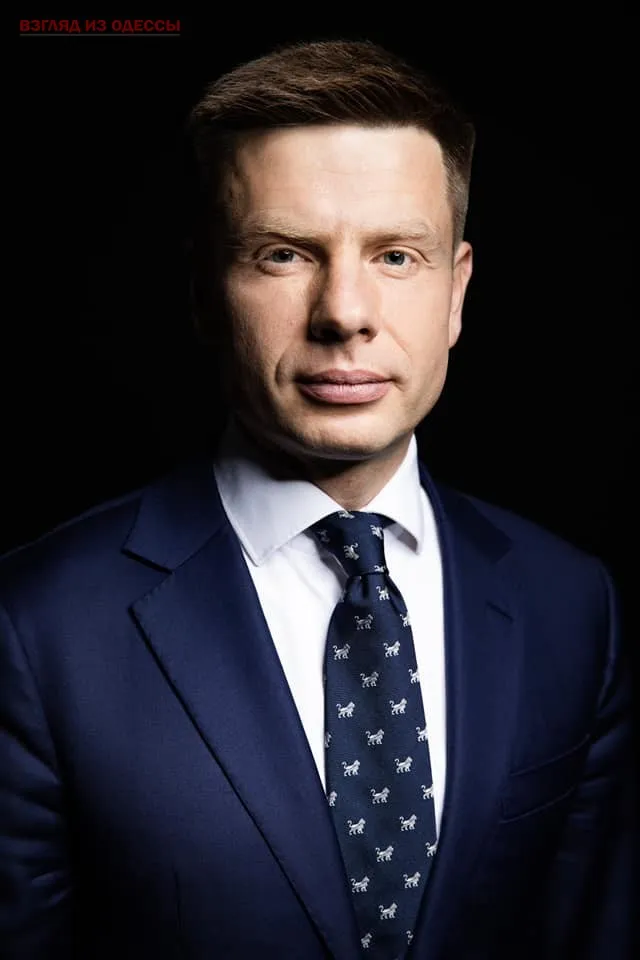
On his official Telegram with over 250,000 subscribers he posted:
This week there will be procedural actions against the generals. Bankova makes her move.
And this was backed, as stated earlier by ex-Rada deputy Bereza who stated his own sources in the State Bureau of Investigation have corroborated the coming purge:
: Ex-Rada deputy Borislav Bereza throws in with Goncharenko. Says high level military firings are imminent based on his "sources within the State Bureau of Investigation"
Recall Russian intel bigwig Patrushev’s recent statement that there are people ‘waiting in the wings’ ready to take over power in Kiev, hinting at a coming military coup.
Today, soldiers from AFU’s 28th brigade said they’ll take up arms if Zaluzhny is arrested:
The AFU men from the 28th brigade said that if the commander-in-chief is arrested, they will take up arms to rescue him
(Video at link.)
One final interesting observation is the angle of ‘corruption’ has been pushed very heavily by involved players. We’ve spoken about this before but there’s a reason MSM articles began to appear over the past couple months once again accusing Ukraine of being corrupt, and Zelensky specifically, airing various bits of dirty laundry on his regime.
Then Arestovich began to season the stew with a constant string of attacks, specifically, against Zelensky’s “corruption” and how this is the main issue plaguing Ukraine.
El Mundo:
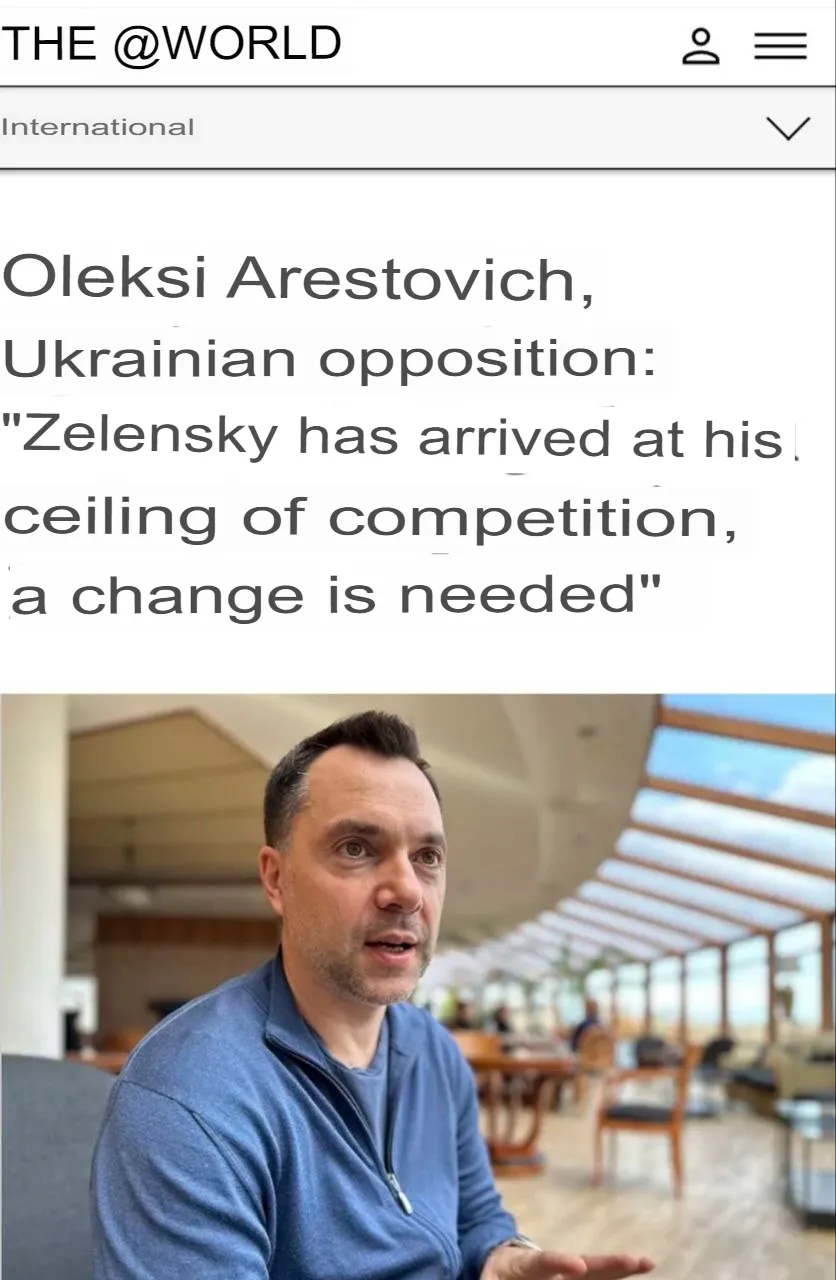
Now, with his new pledge of support for Zaluzhny, ex-General Marchenko actually cited corruption as the main reason for this support; reminder:
Maj. General of the AFU Dmitry Marchenko believes that Ukraine needs a president with the experience of the French army Charles de Gaulle, who will defeat corruption, and this could be the commander-in-chief of the Ukrainian troops Valery Zaluzhny - RIA Novosti
So it’s clear that the corruption angle can be used as the main tip of the spear against Zelensky, but the second part is that it could also potentially be used as one of the reasons to pause hostilities. For instance, Zaluzhny could take power and say “we cannot win this war with the vast corruption the previous Zelensky regime has bequeathed to us, so let us take this détente to clean up all the mess that Zelensky left, and in a couple years we’ll emerge as a glorious, sparkling European Nation™, by way of both EU and NATO membership, etc. It can be argued that it will take some time to clean all the deeply embedded rank corruption in all layers of the state which Zelensky putatively left.
Here’s one astute analysis on this angle:
More and more experts and heads of intelligence services around the world are inclined to think that without the removal, including by force, of the top military-political leadership of Ukraine in the spring of 2024, the process of Ukrainian settlement will not begin.
The list of those subject to care or arrest includes from 10 to 25 people who must absorb all the toxicity of the current political realities.
From the failure of the Istanbul agreements and the explosions of SP-1 and 2 to the death and emigration of 18 million citizens of Ukraine. While this option does not suit only the UK, active discussions on this issue have begun in the USA.
Since the summer, Europeans have been actively discussing the topic of corruption in the highest echelons of power in Ukraine. The Stratfor company conducted its measurements among top officials of the USA, Great Britain, Canada, Turkey, EU, UAE, Saudi Arabia on the topic “how would you feel about the forceful scenario of the departure of President V. Zelensky and his entourage?” The data showed that if the loss of Zelensky at the head of Ukraine leads to a long-term settlement of the Ukrainian-Russian armed conflict, 62% are ready to allow such a solution to the issue.
In connection with the understanding of these realities, the percentage of video messages from Vladimir Zelensky in a deranged state from a room with white walls will only increase.
But then there is one final part to the equation. All this only takes into account Ukraine’s angle, with the assumption that Russia will play ball and agree to a ceasefire. Let’s say Zaluzhny wrests power and follows the playbook as described above, then heavy international pressure on Russia to sign a ceasefire begins. And what if Russia says, unequivocally, no? That’s when things will truly get interesting, because I don’t think the West has thought that far, nor has any plan for what to do after that point.
The only thing that can happen then is either Zaluzhny, being the supposed pro-grunt sympathetic general that he is, could betray the West and effect a total surrender to Russia in order to save hundreds of thousands of more Ukrainian lives, or he will have no choice but to basically become Zelensky 2.0, taking the former leader’s place as doomed steward to the Apocalypse of Ukraine, steering the sinking ship down with him as Russia simply overruns and destroys what’s left of the stricken rump-state.
The only question is what will be the breaking point? One idea is that Avdeevka will be the straw on the camel’s back. Not only will it be difficult for Zelensky in general to cover up for that failure, but even the forces waiting to ramp up the coup against him may be awaiting that final moment so they can use his failure of Avdeevka to rachet up all the propaganda of ‘failure’ as a final blow to oust him. We can likely expect a torrent of articles and engineered resistance against him in that case.
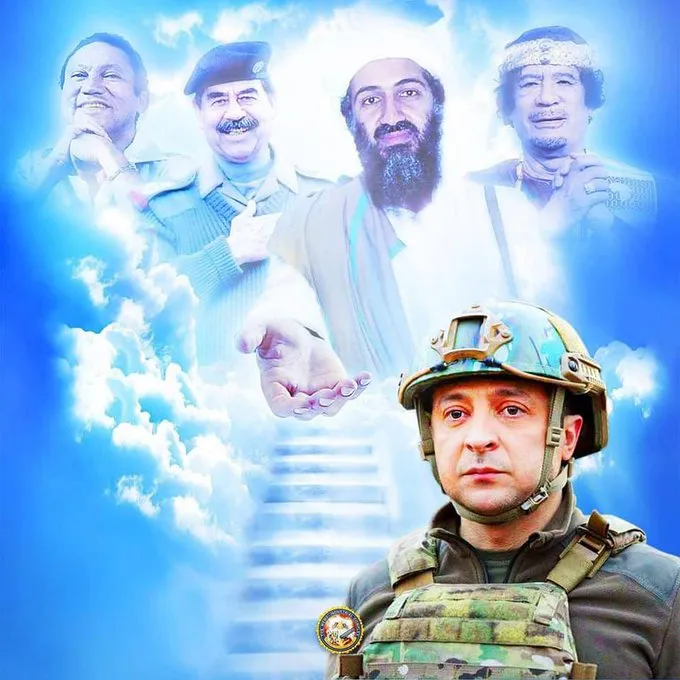
(Much more, so go to link.)
https://simplicius76.substack.com/p/wil ... an-game-of

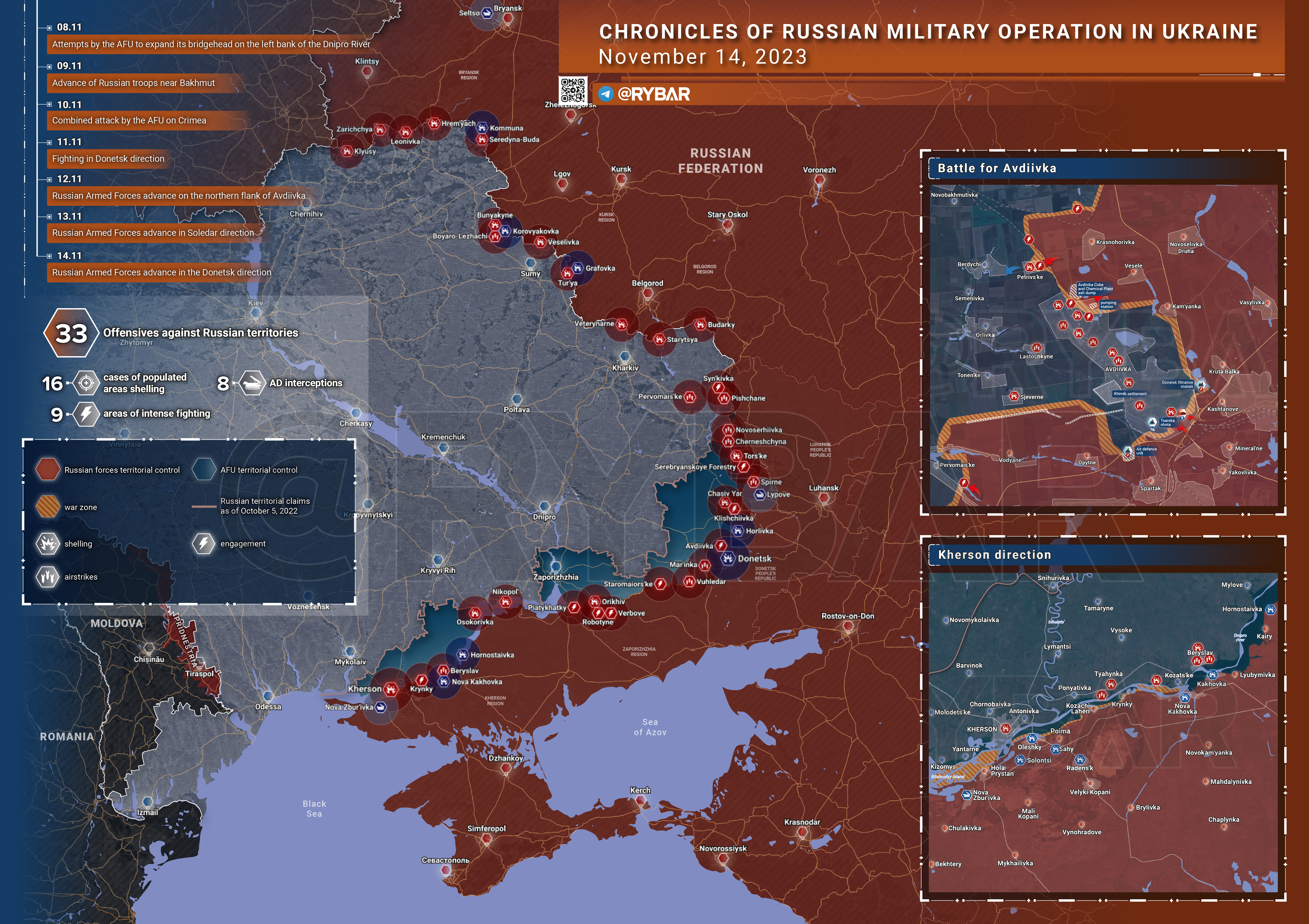

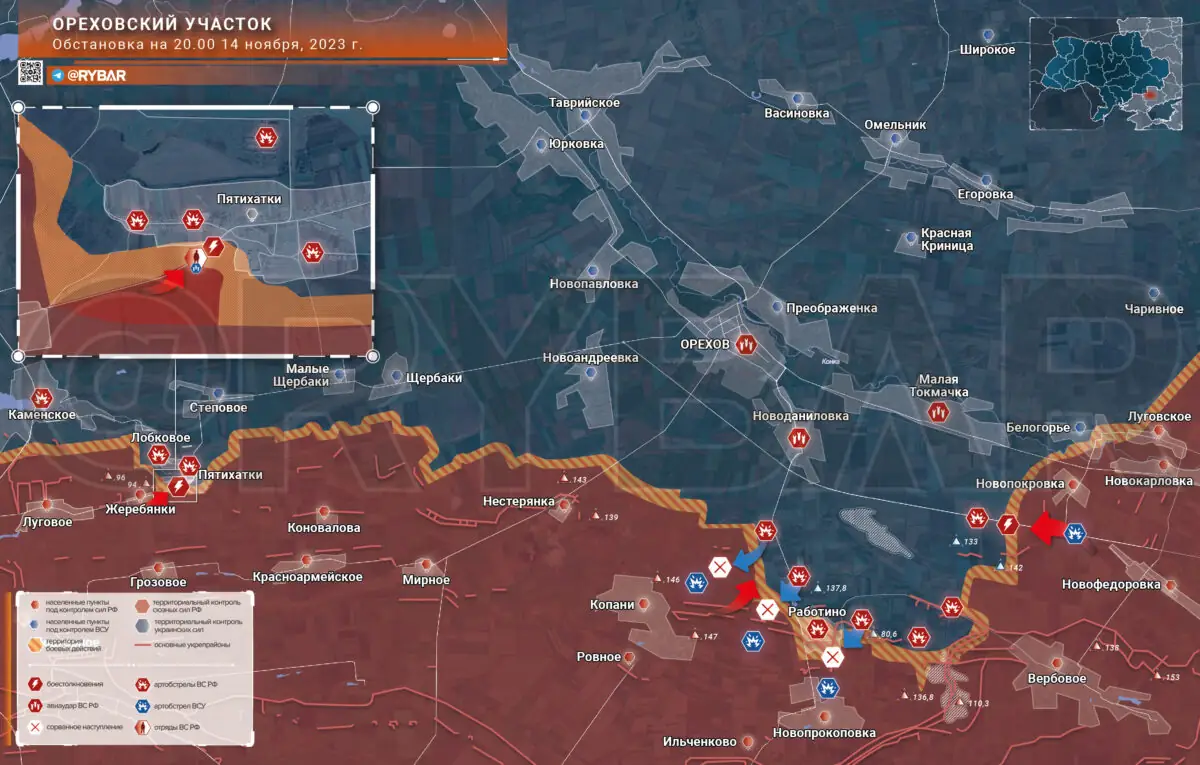
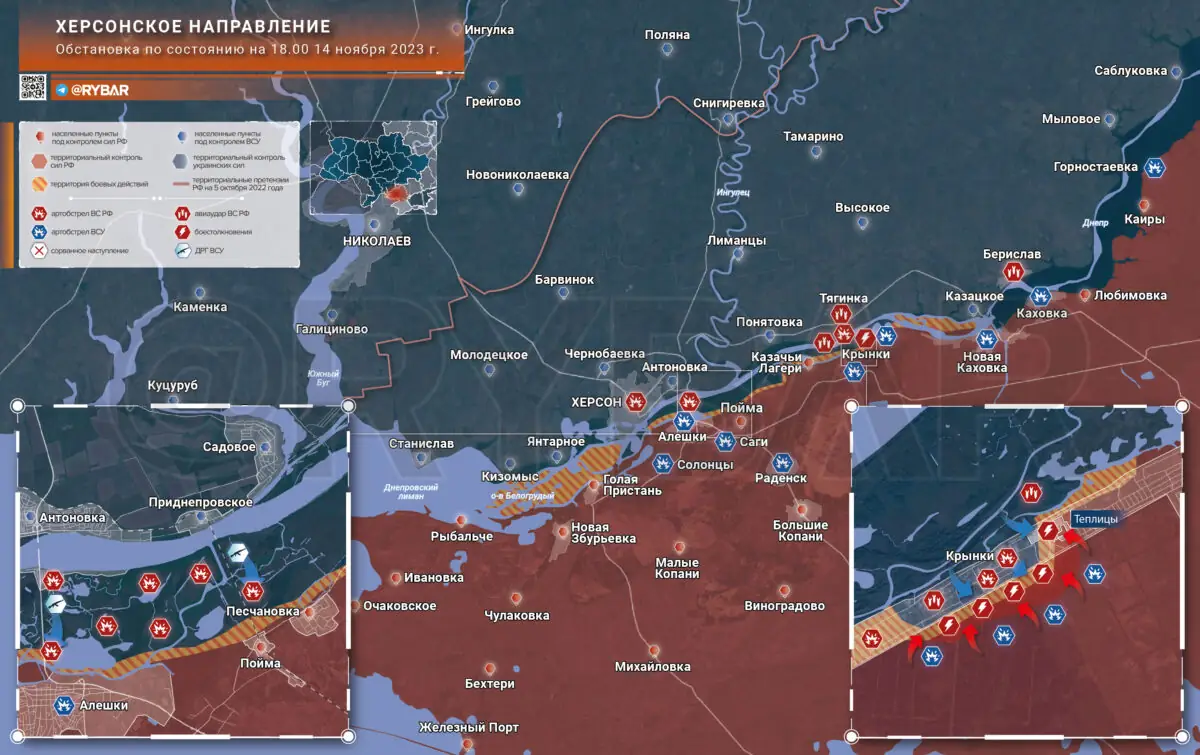
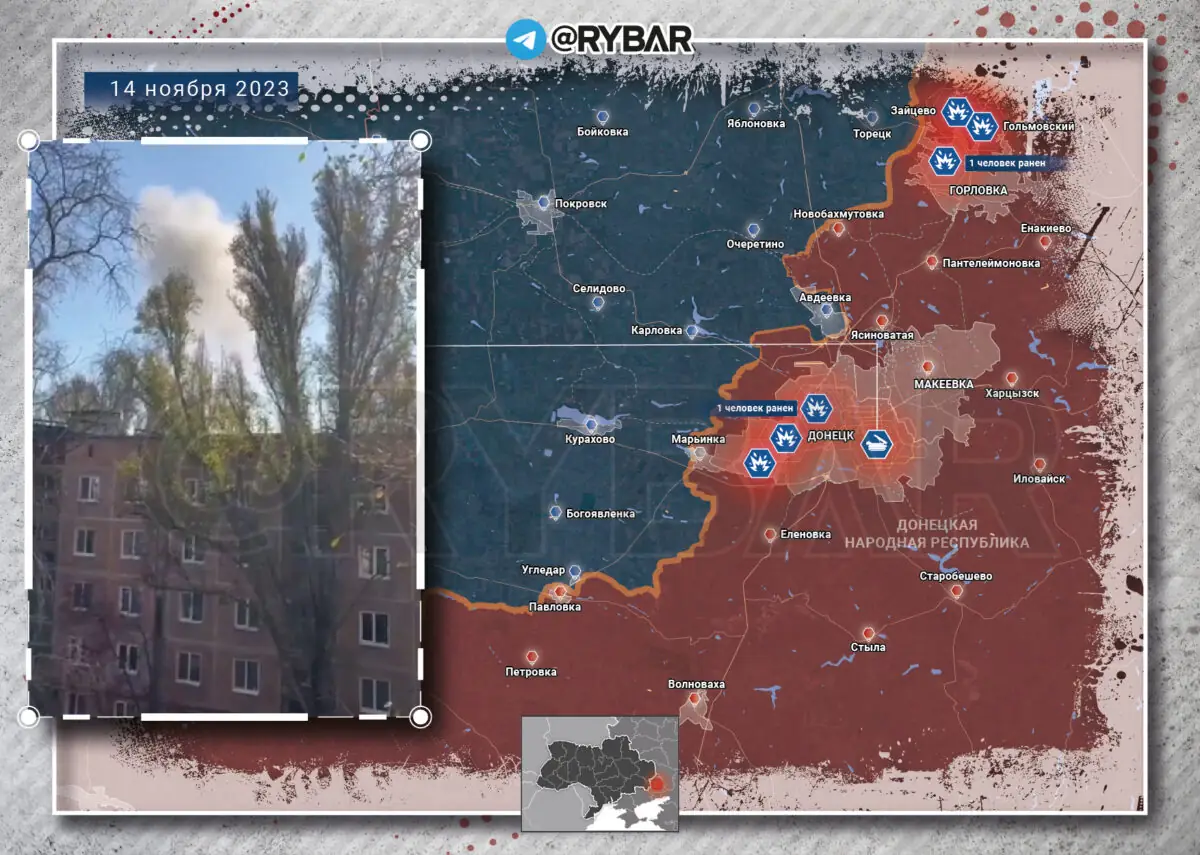

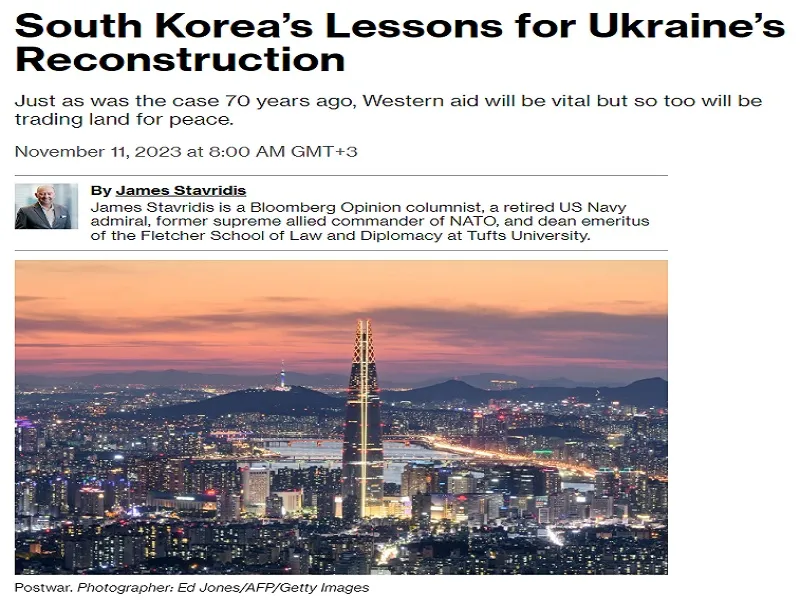


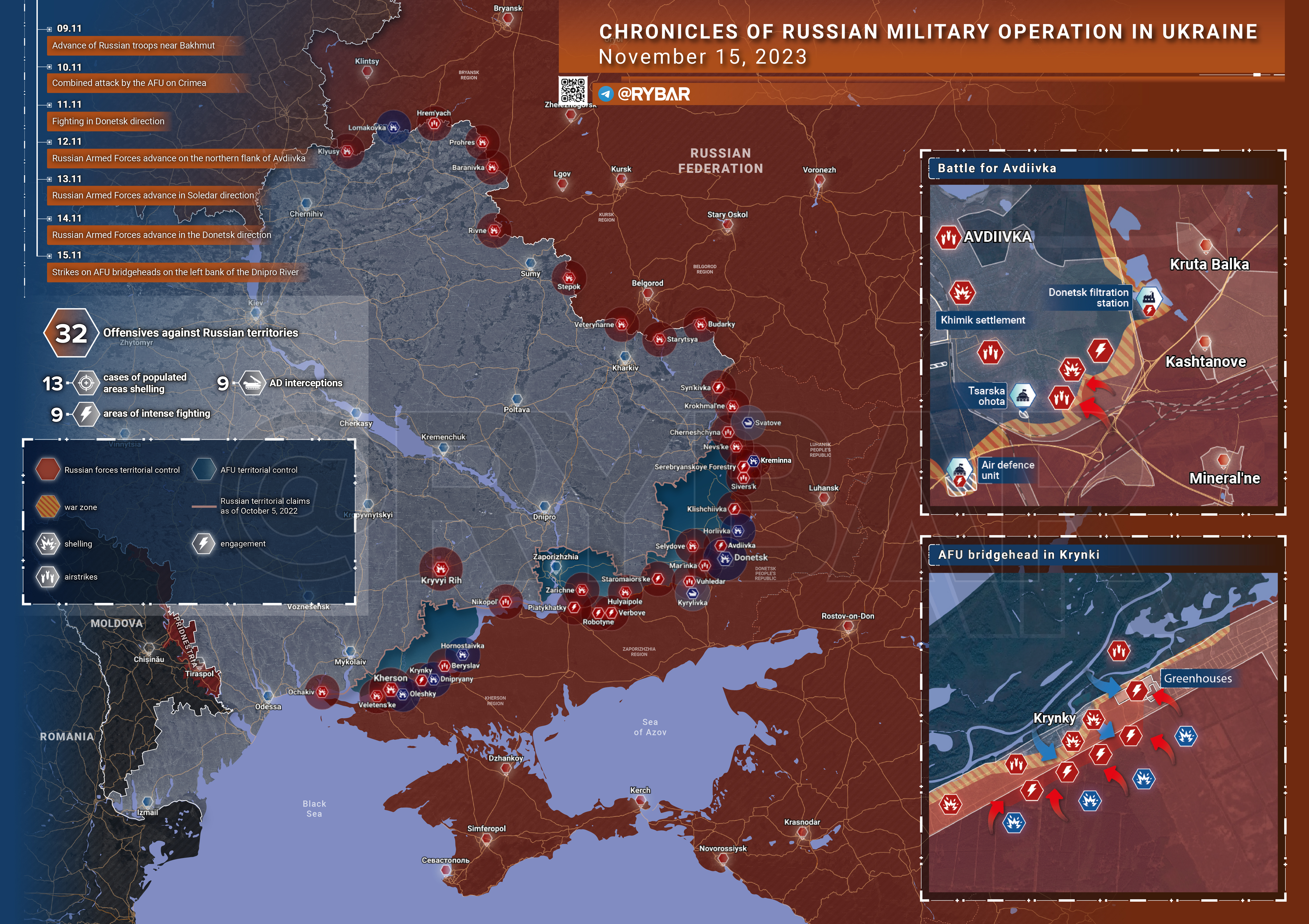





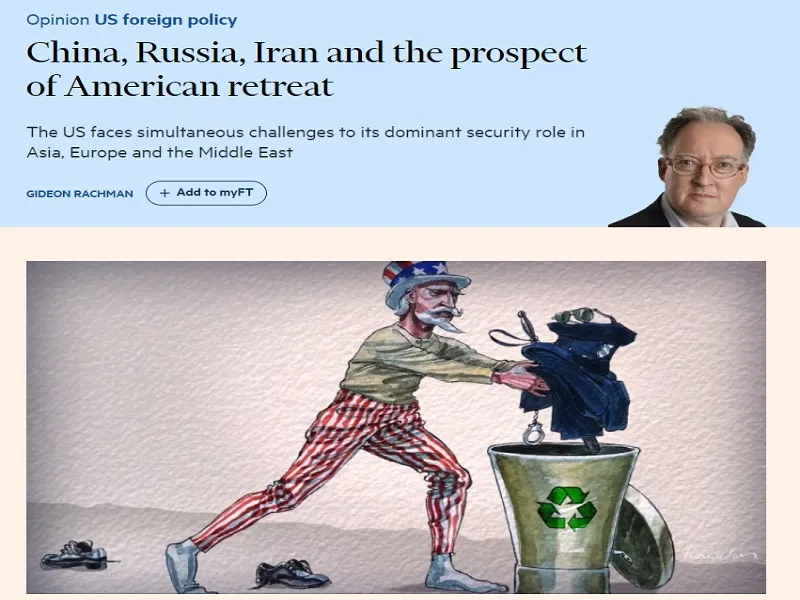
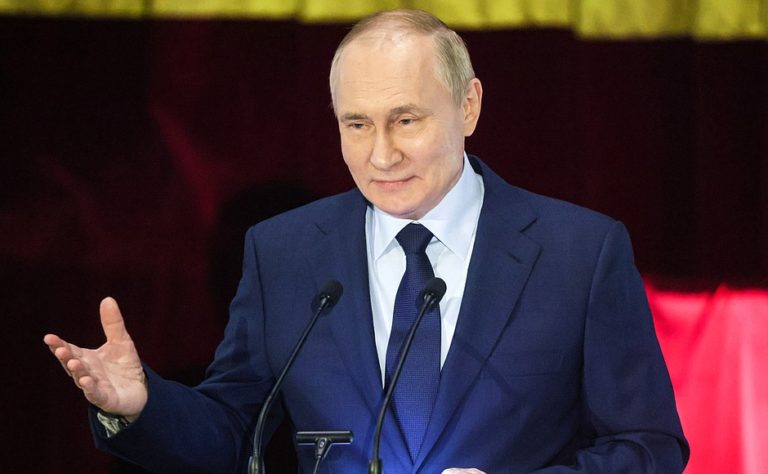
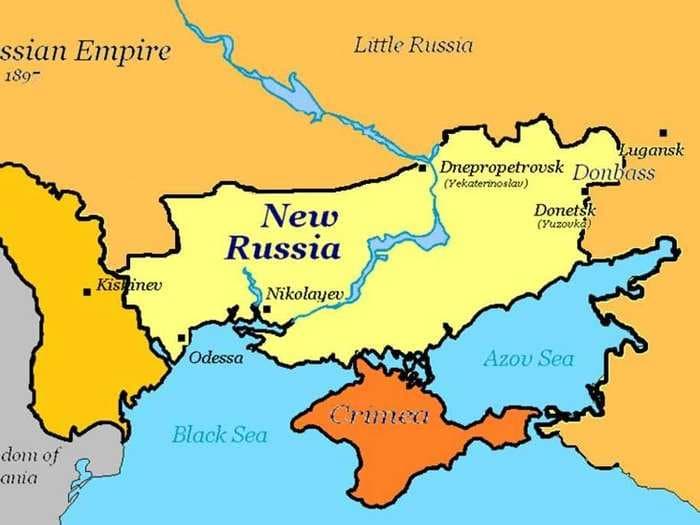

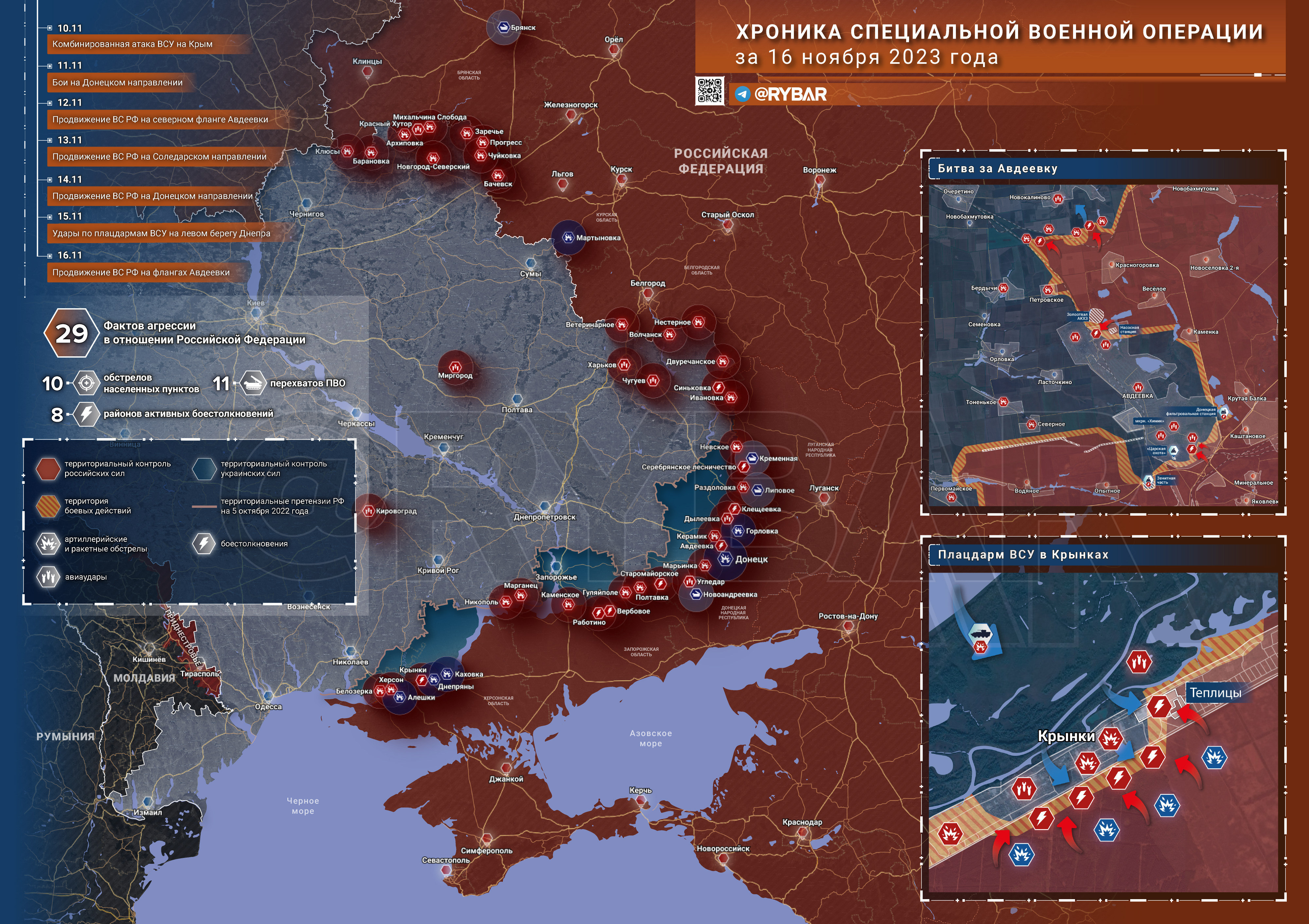 .
.